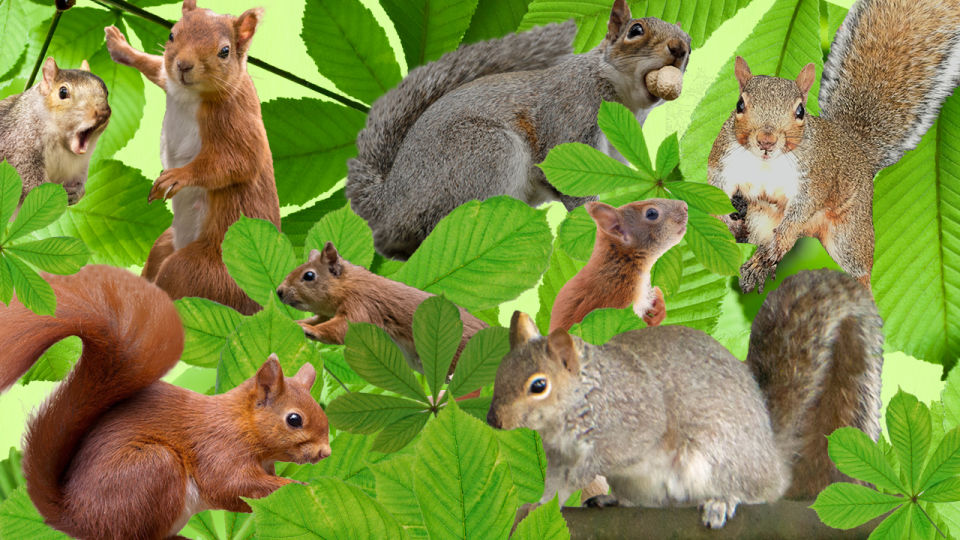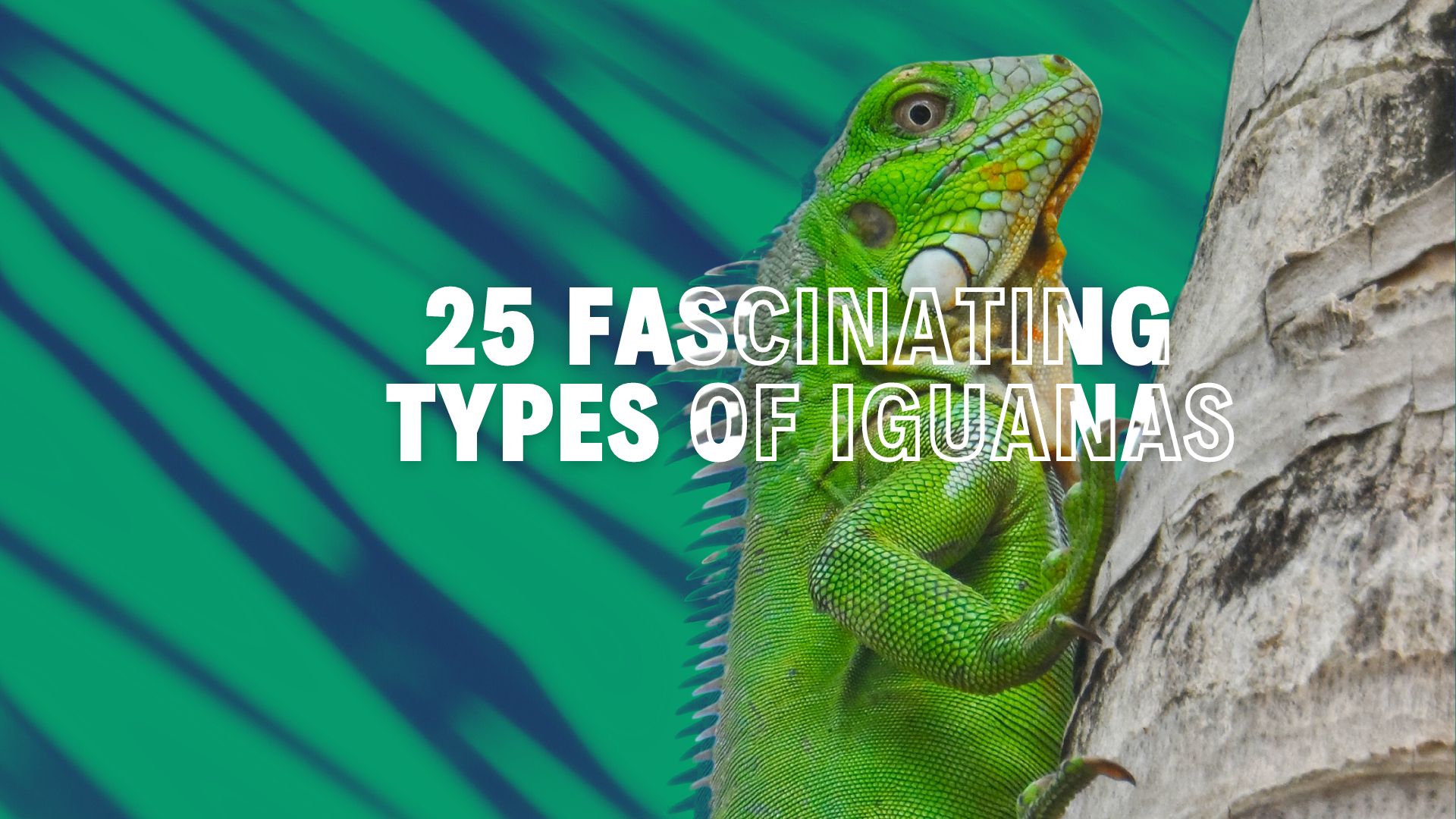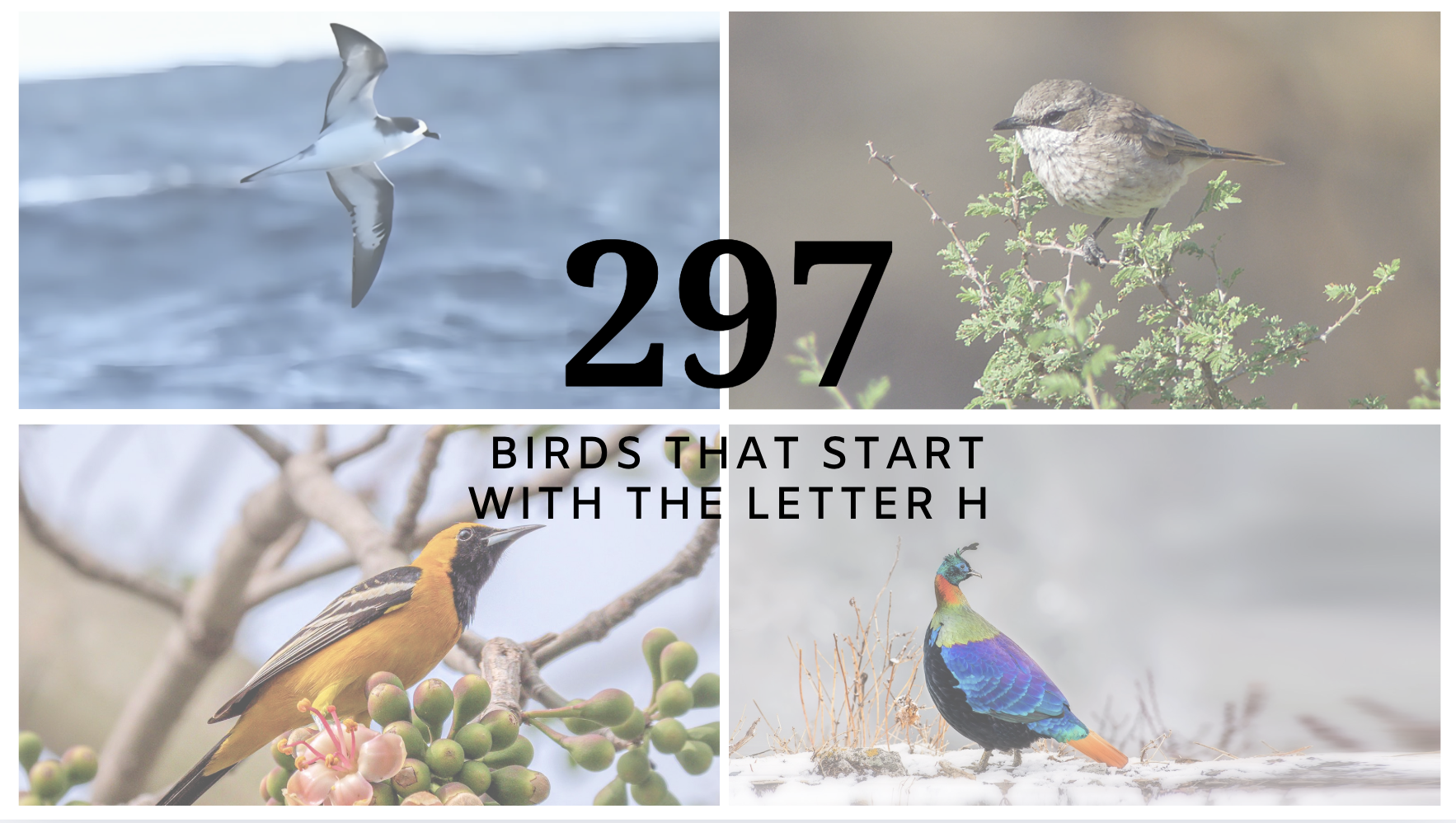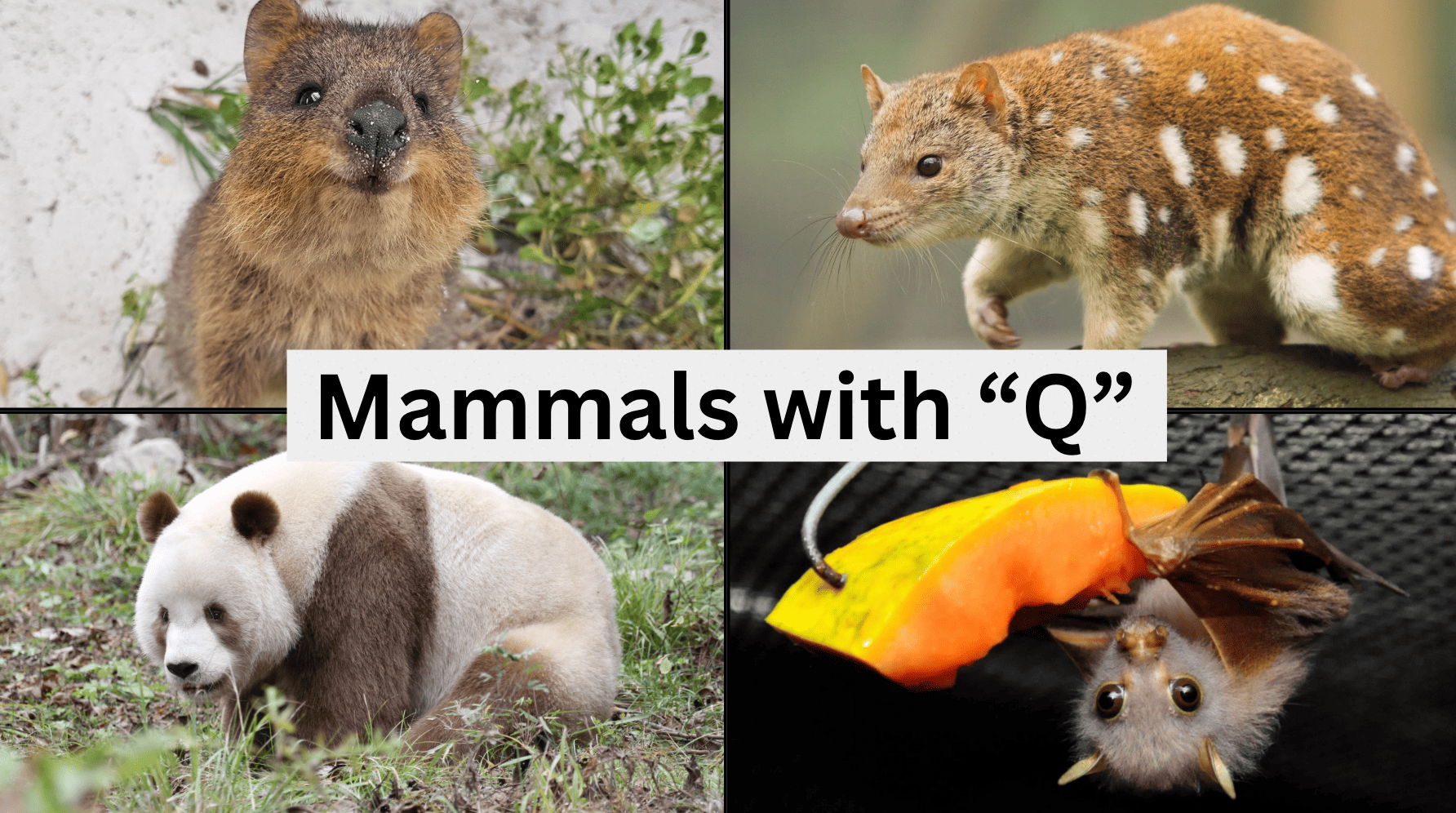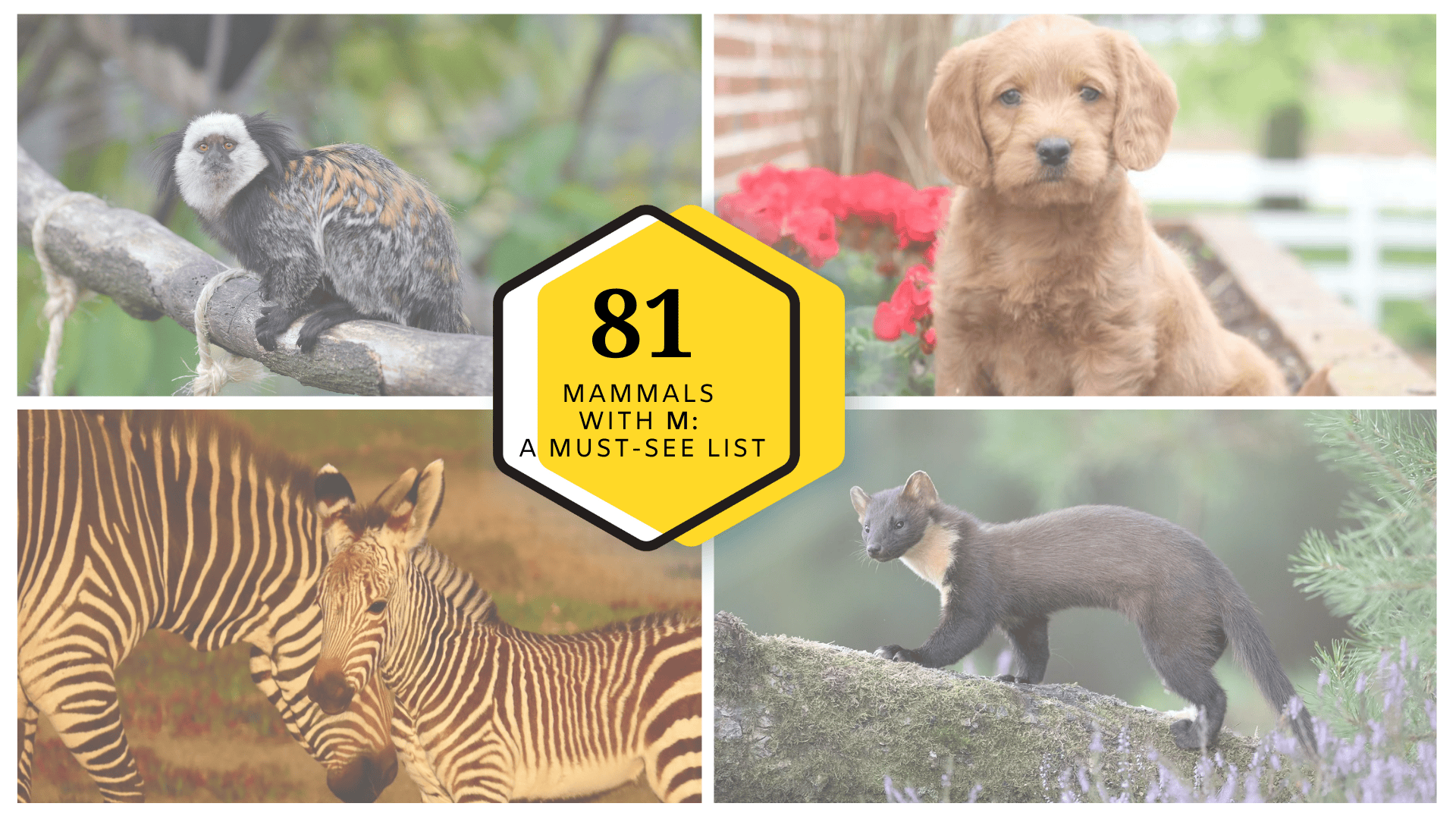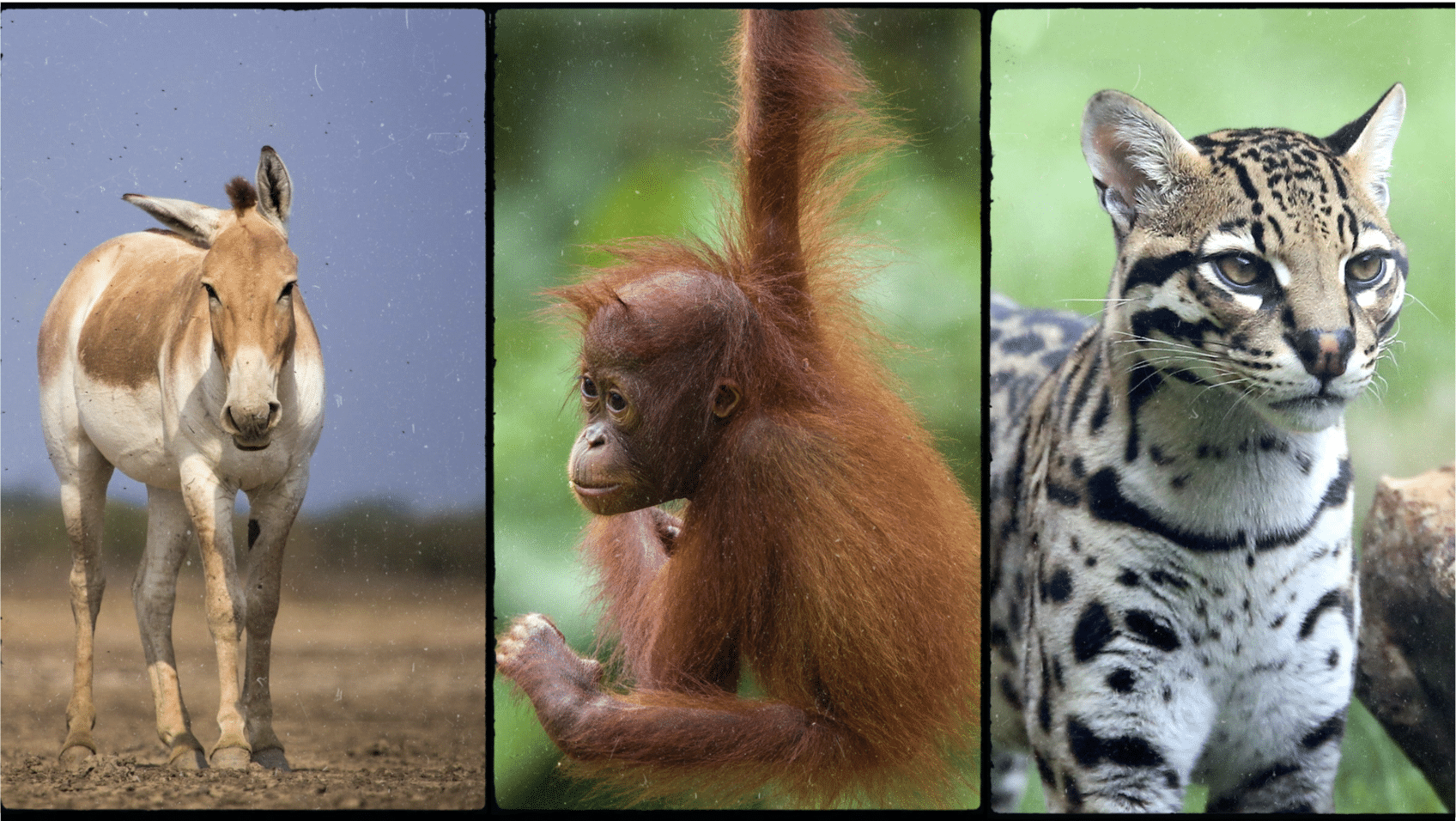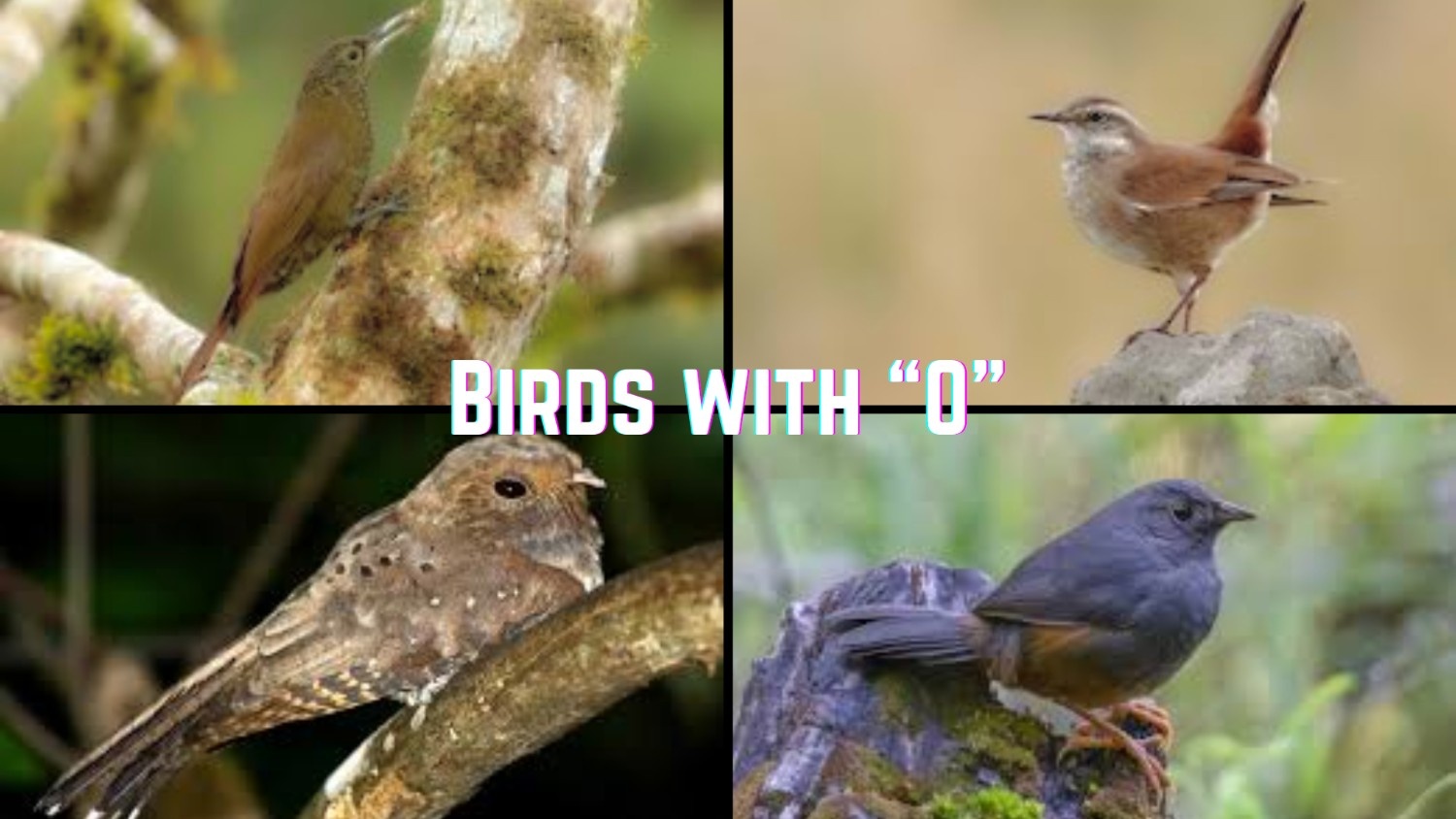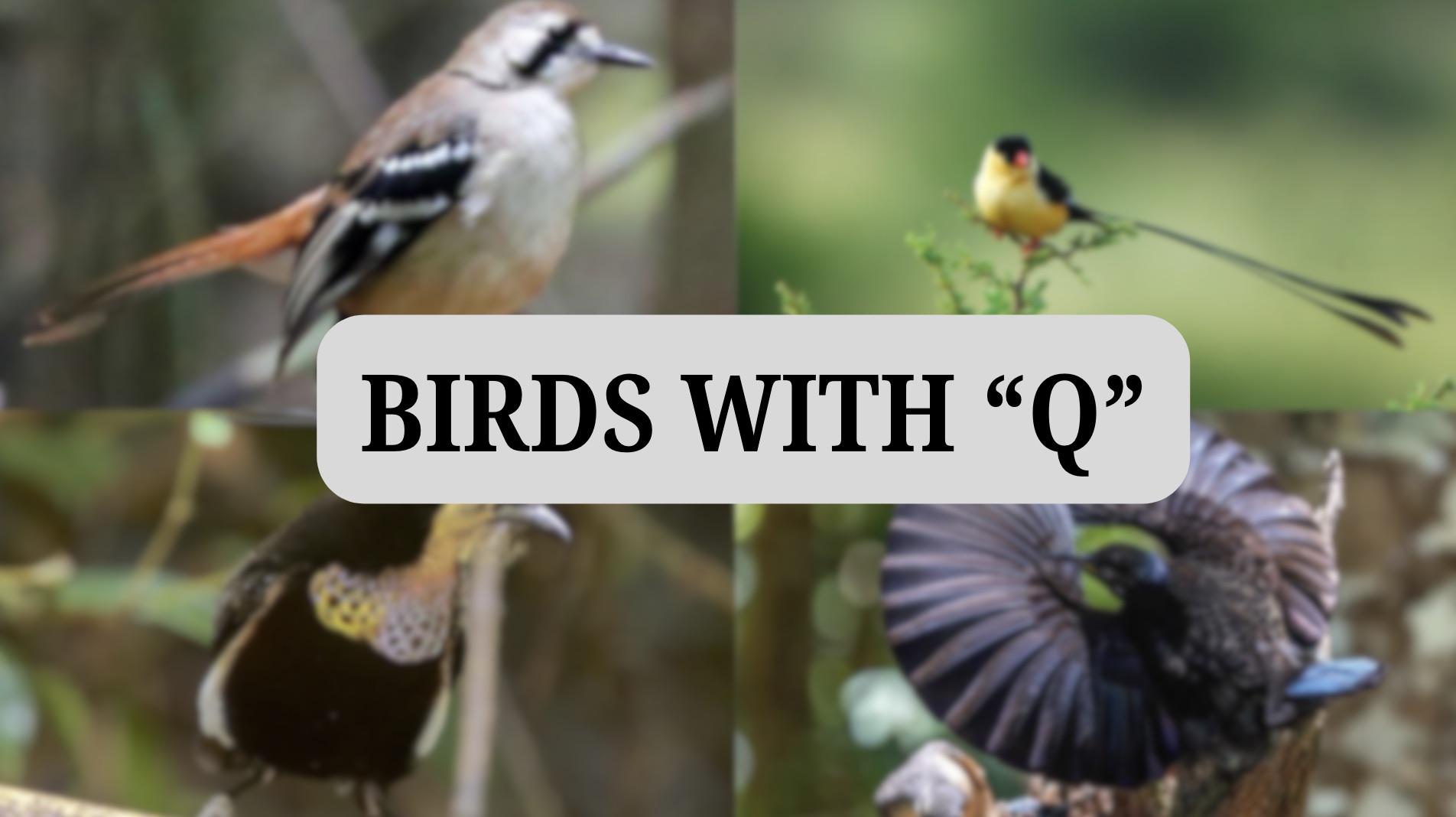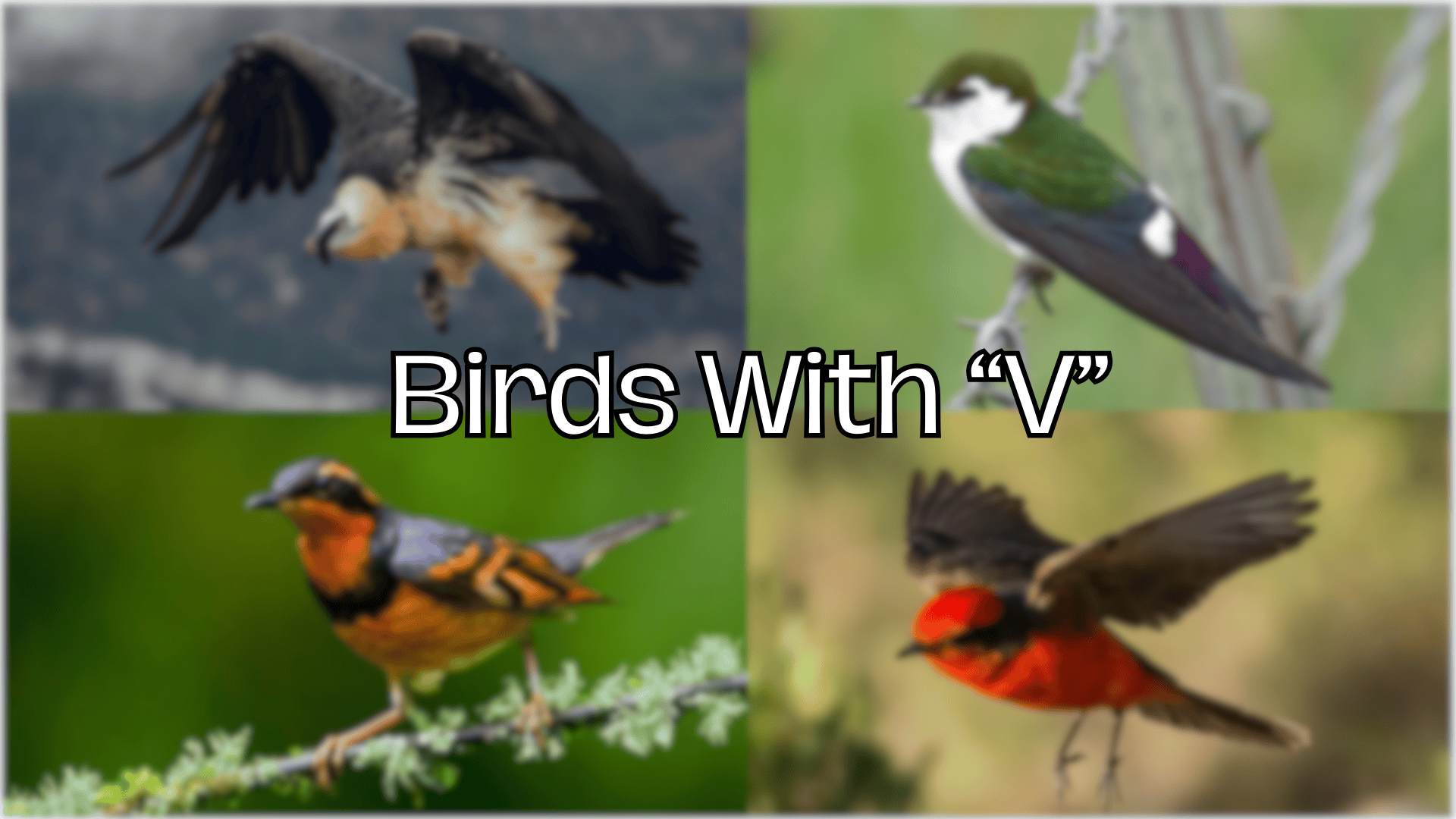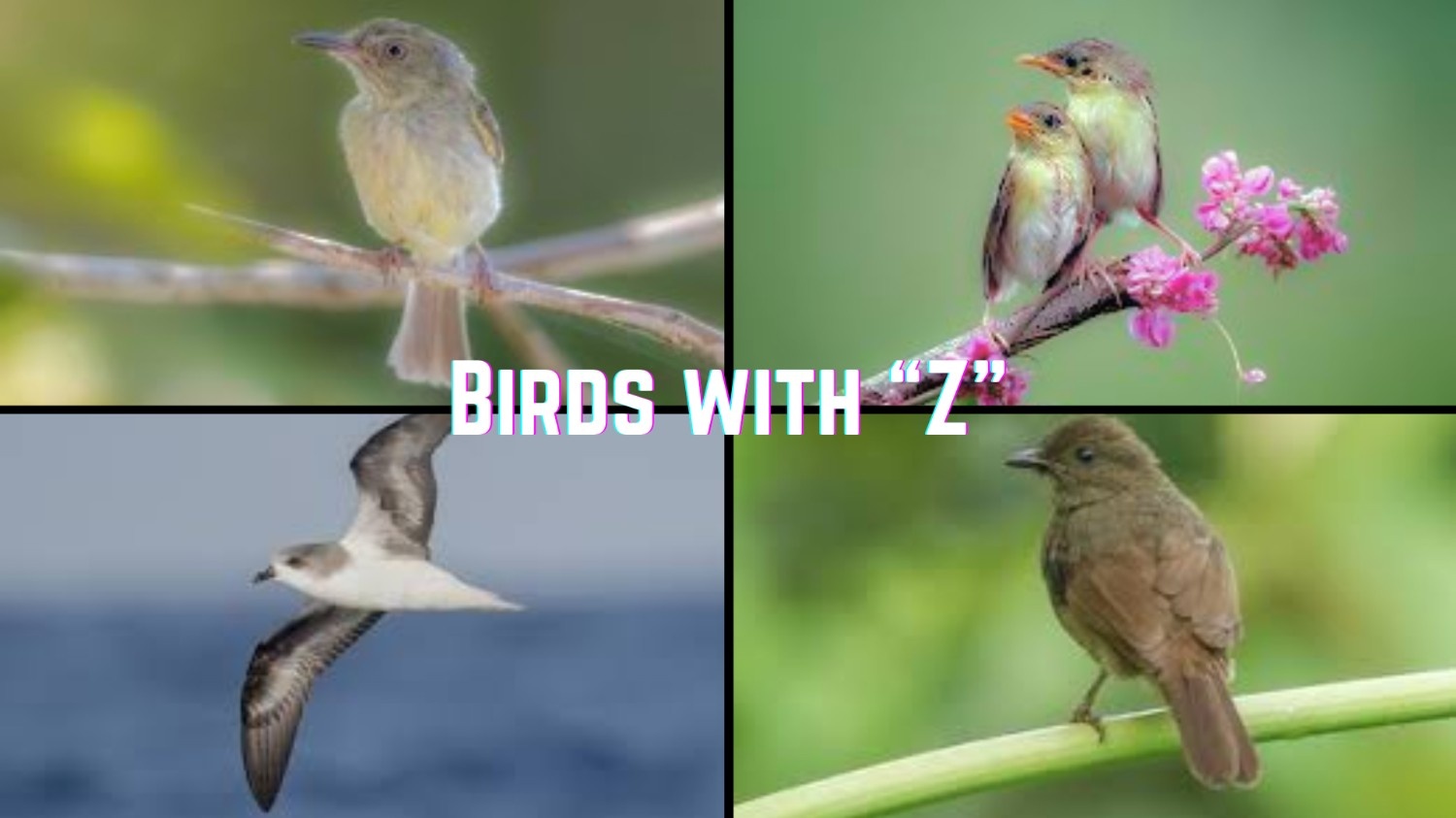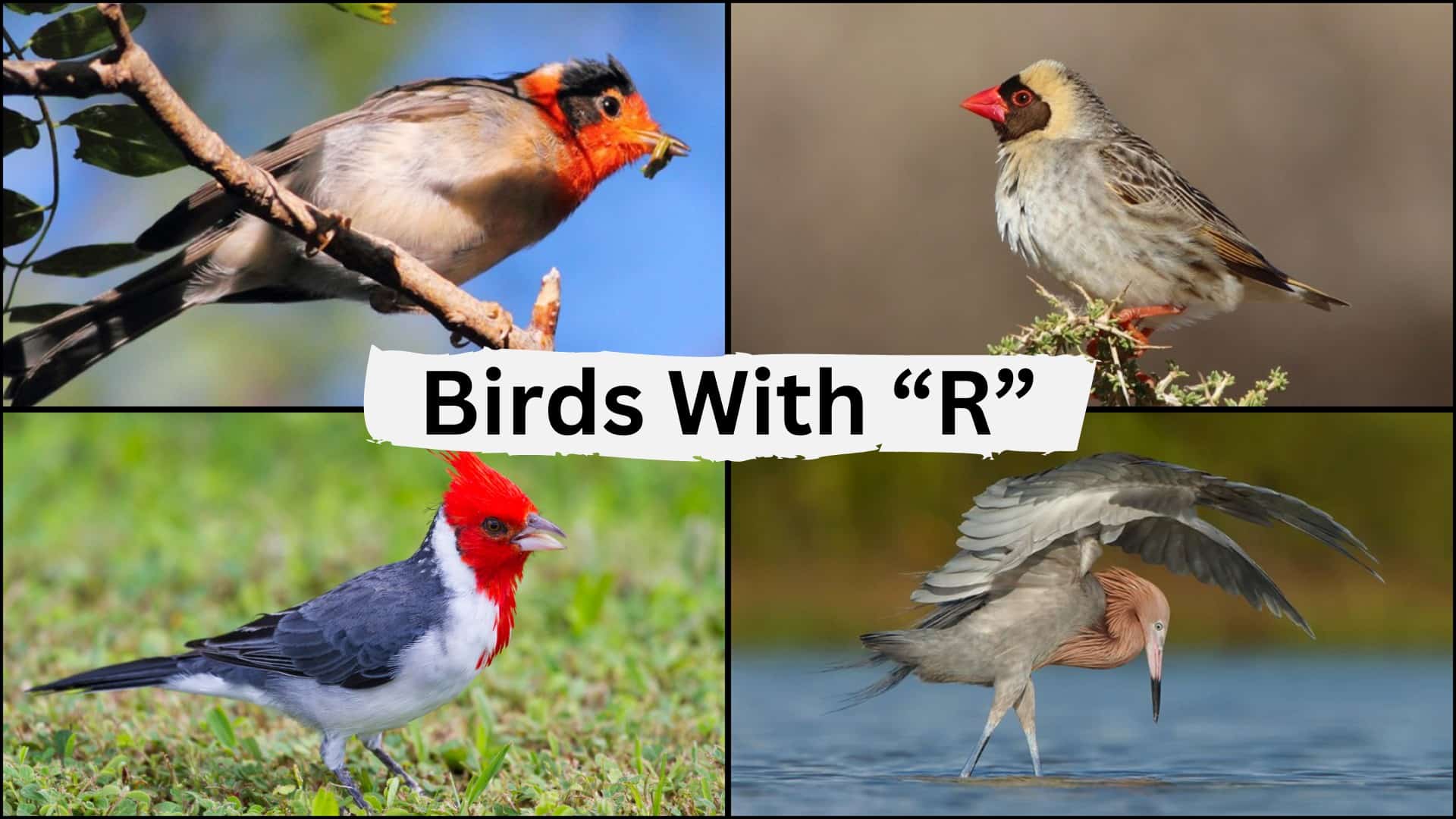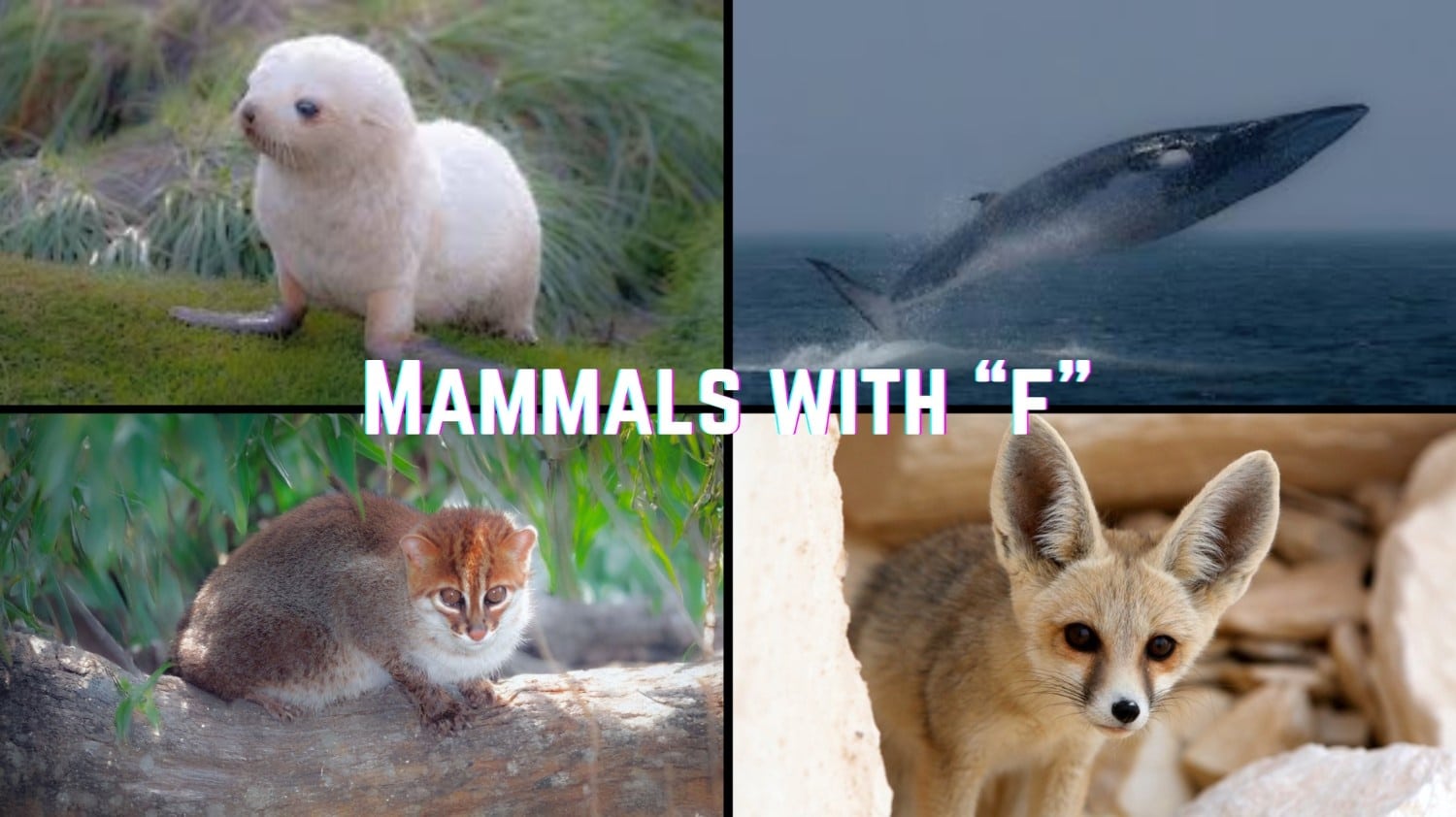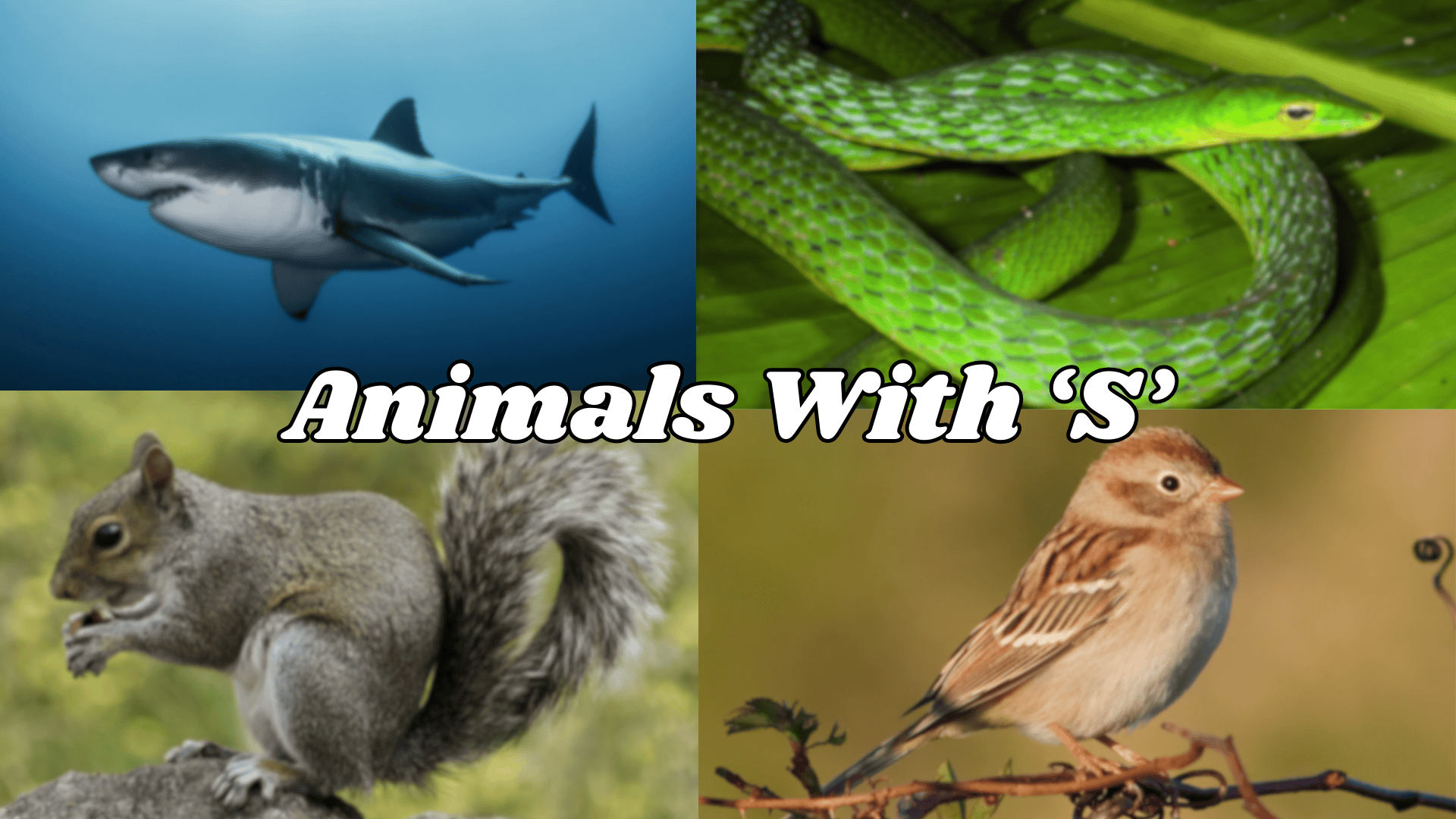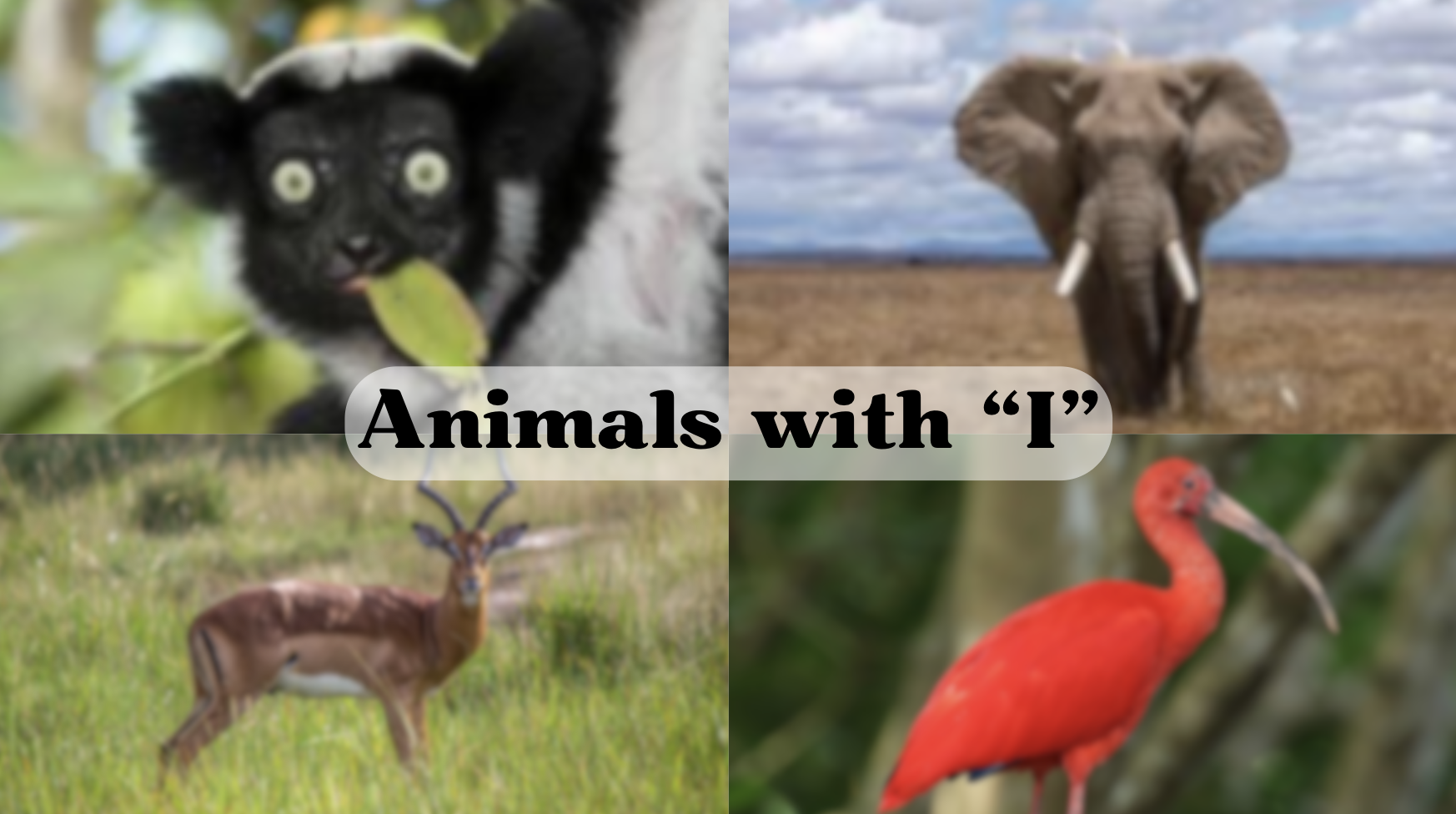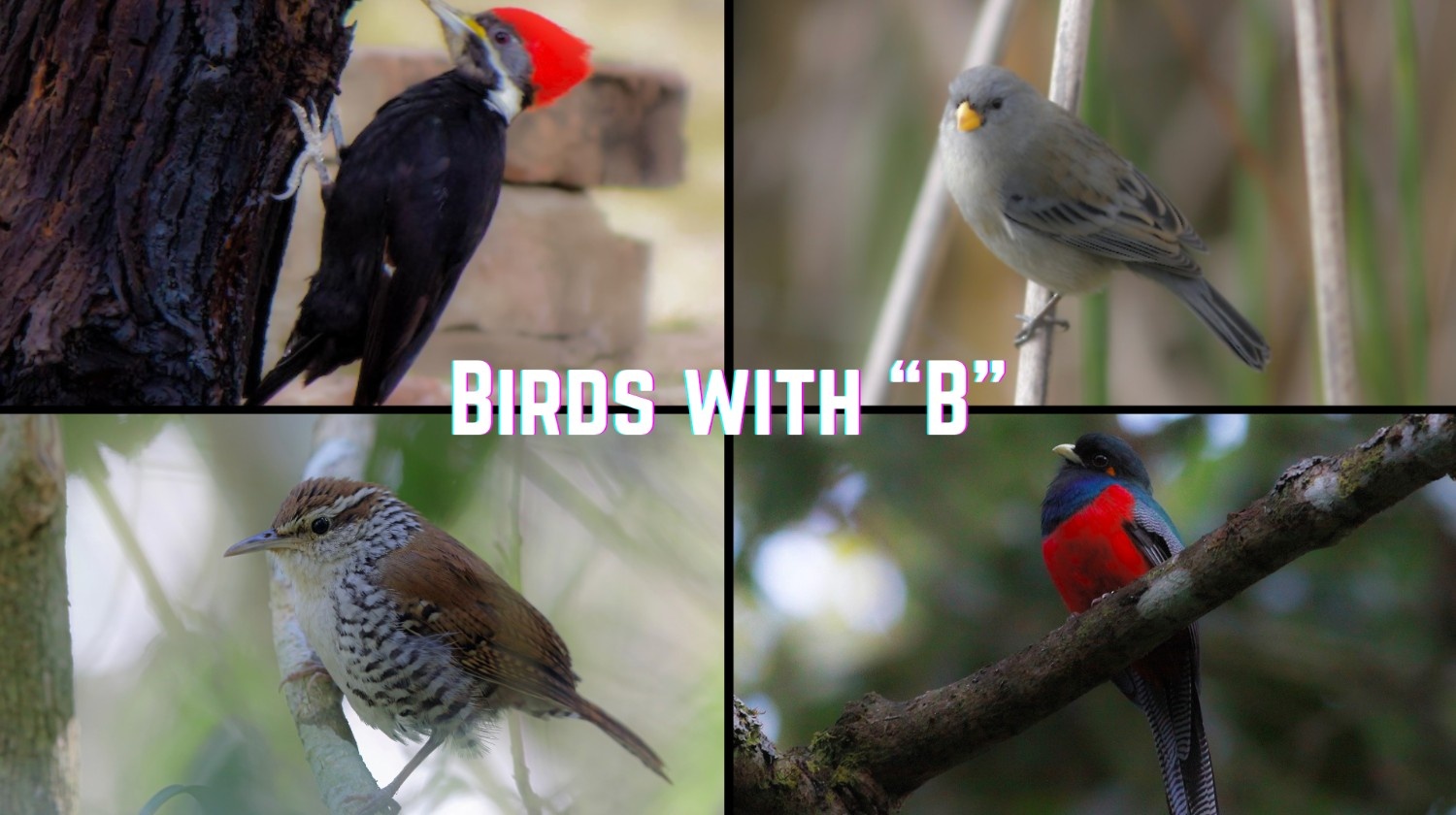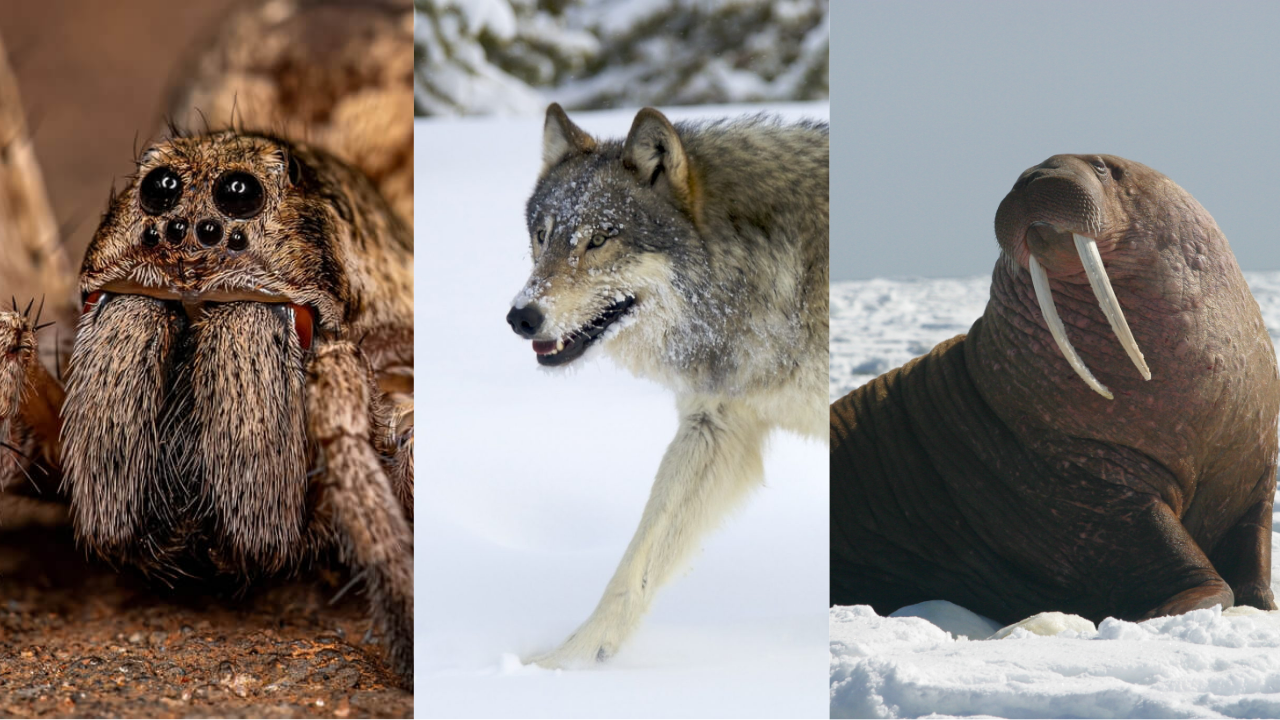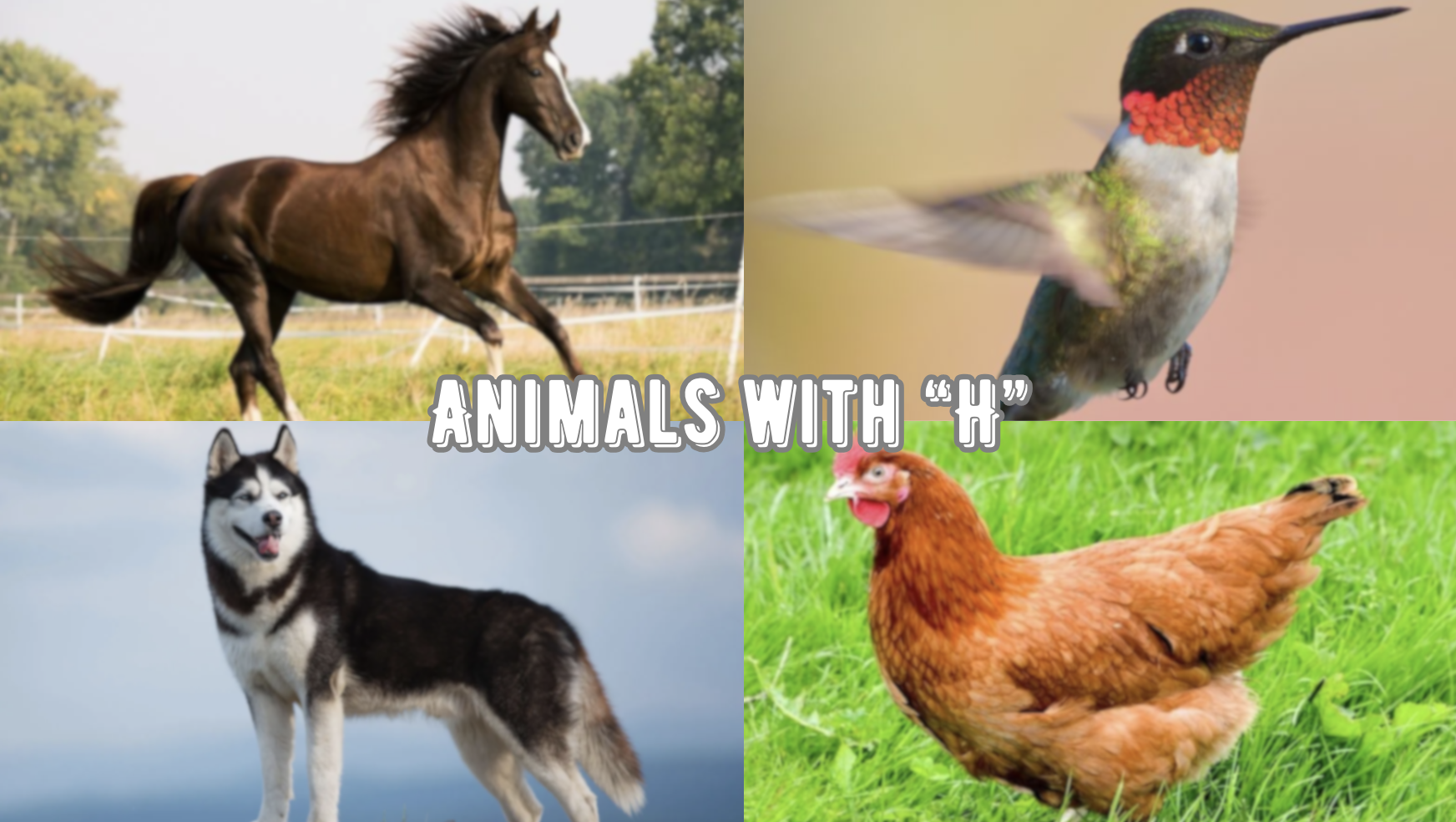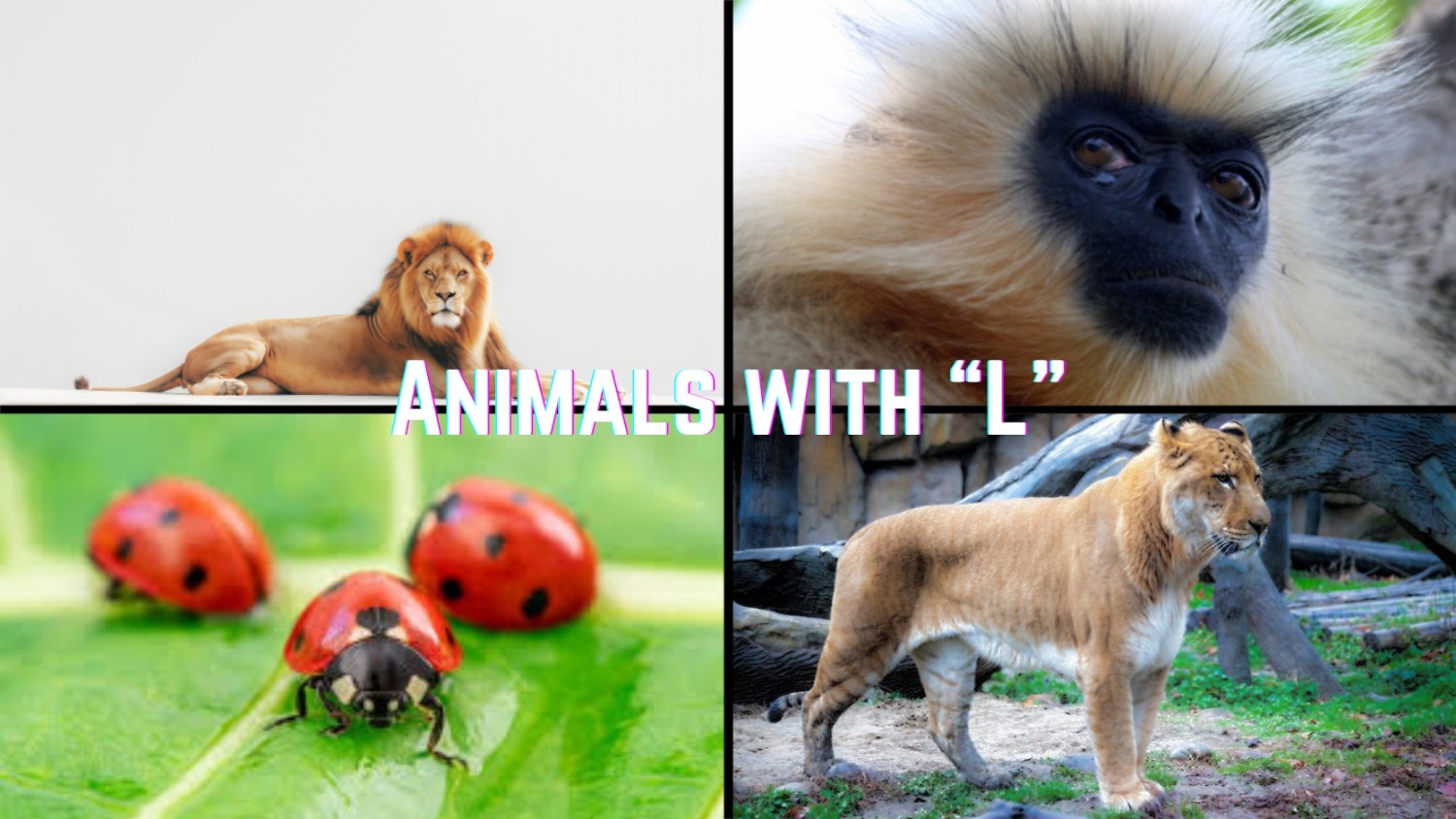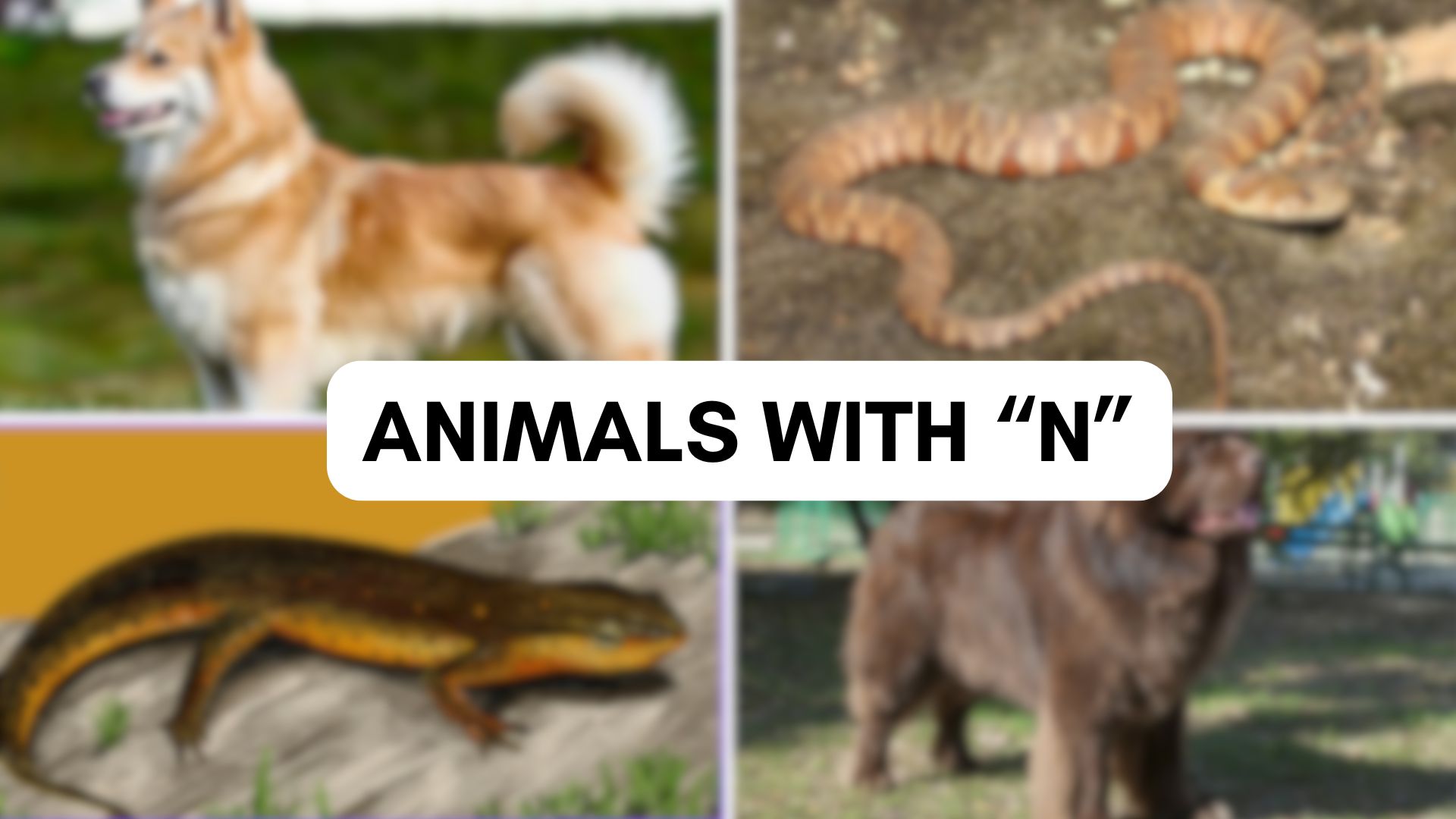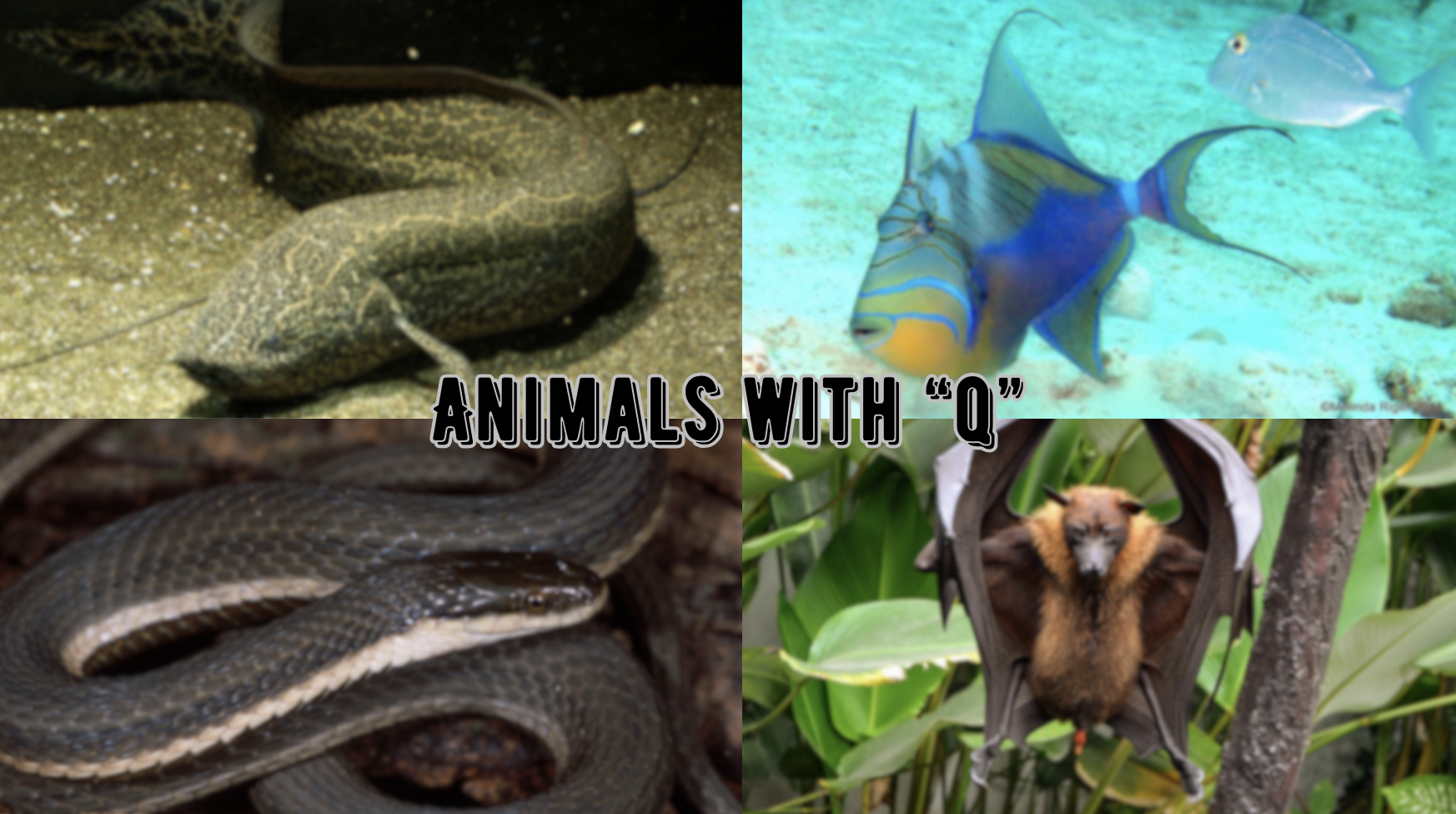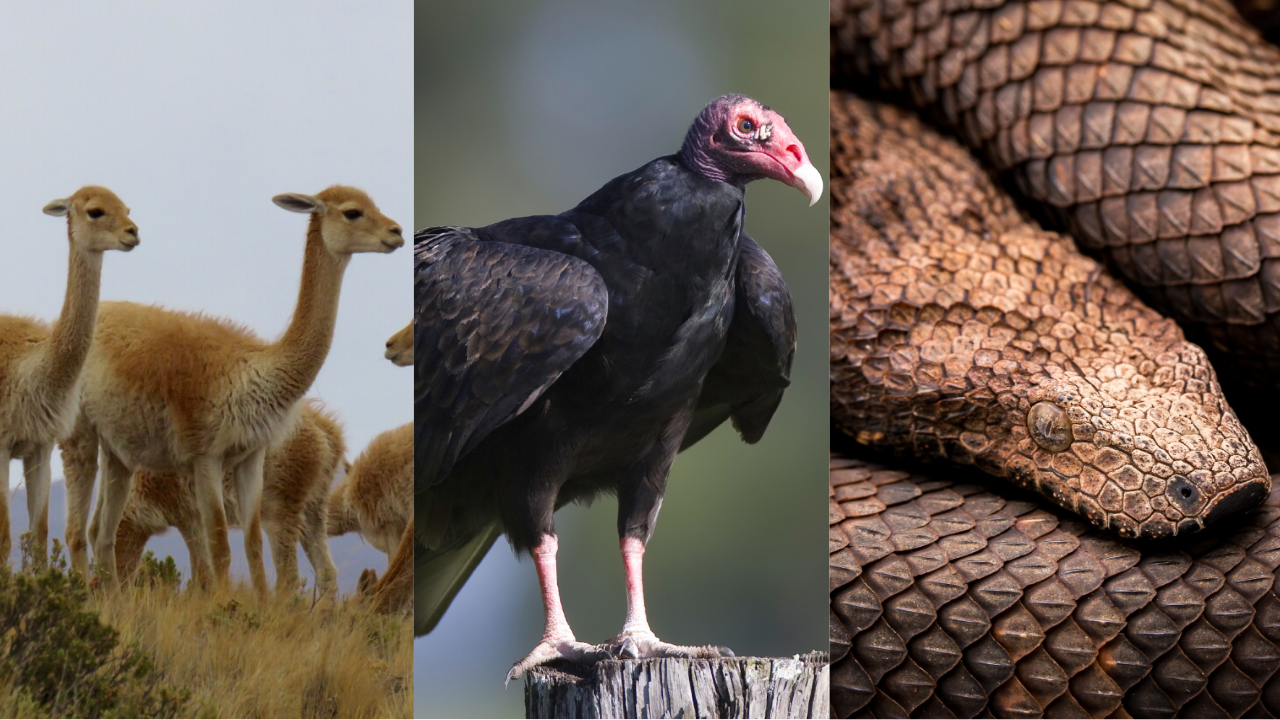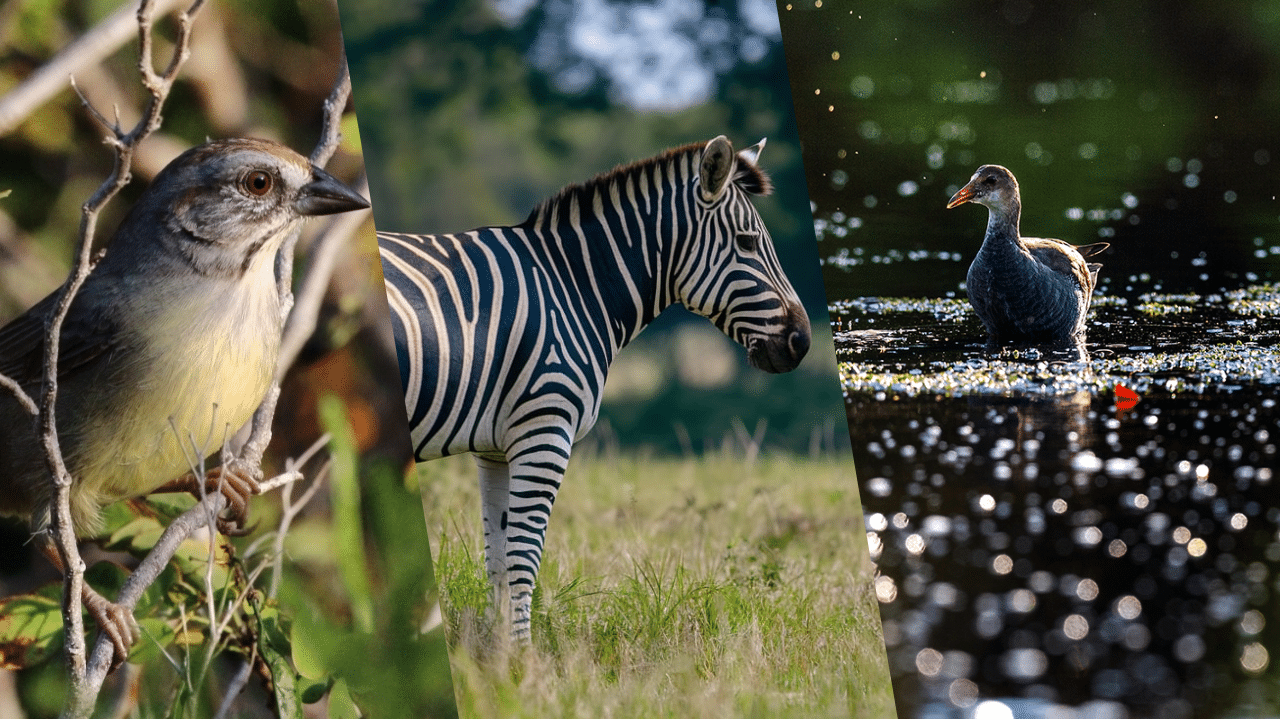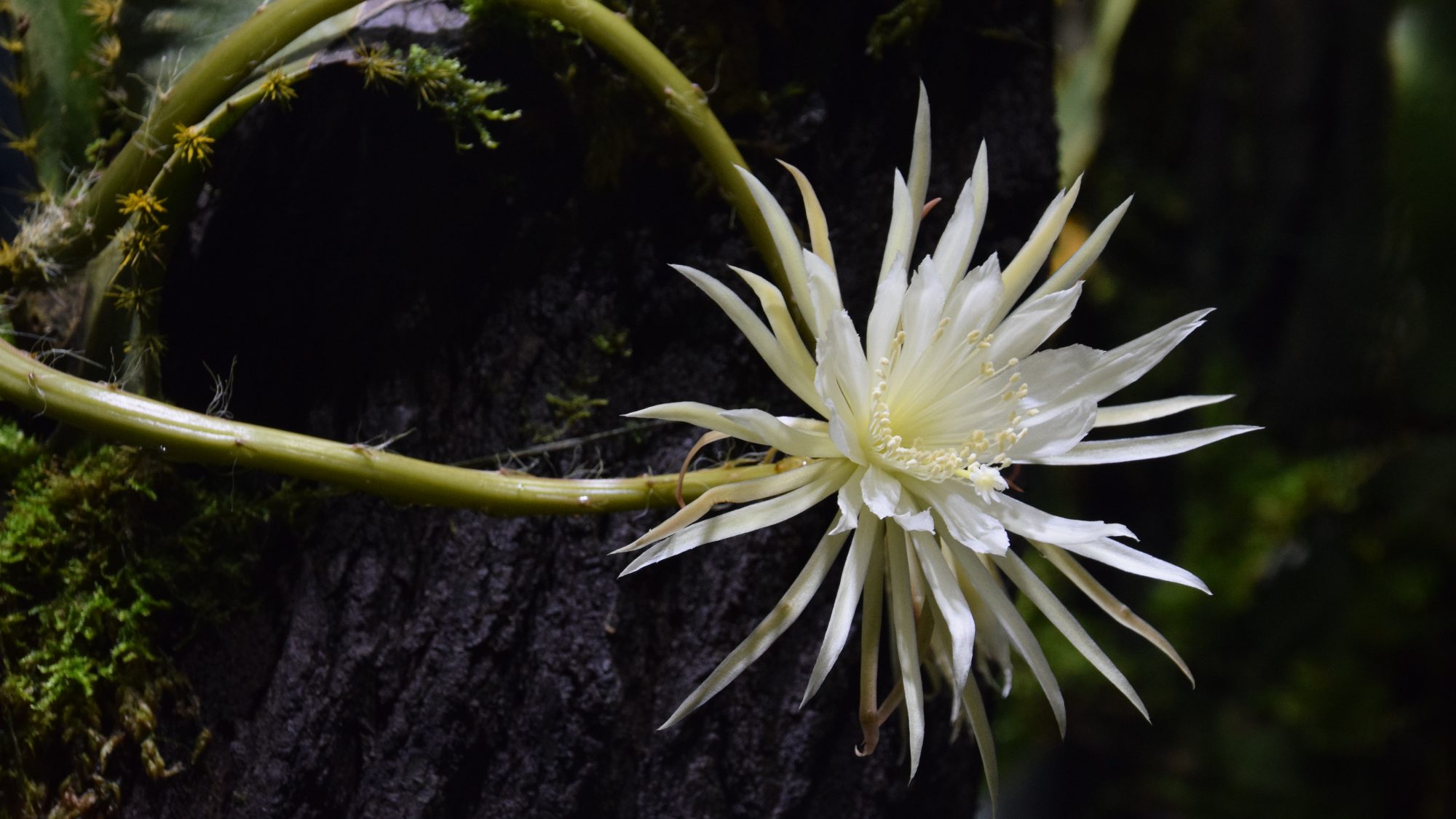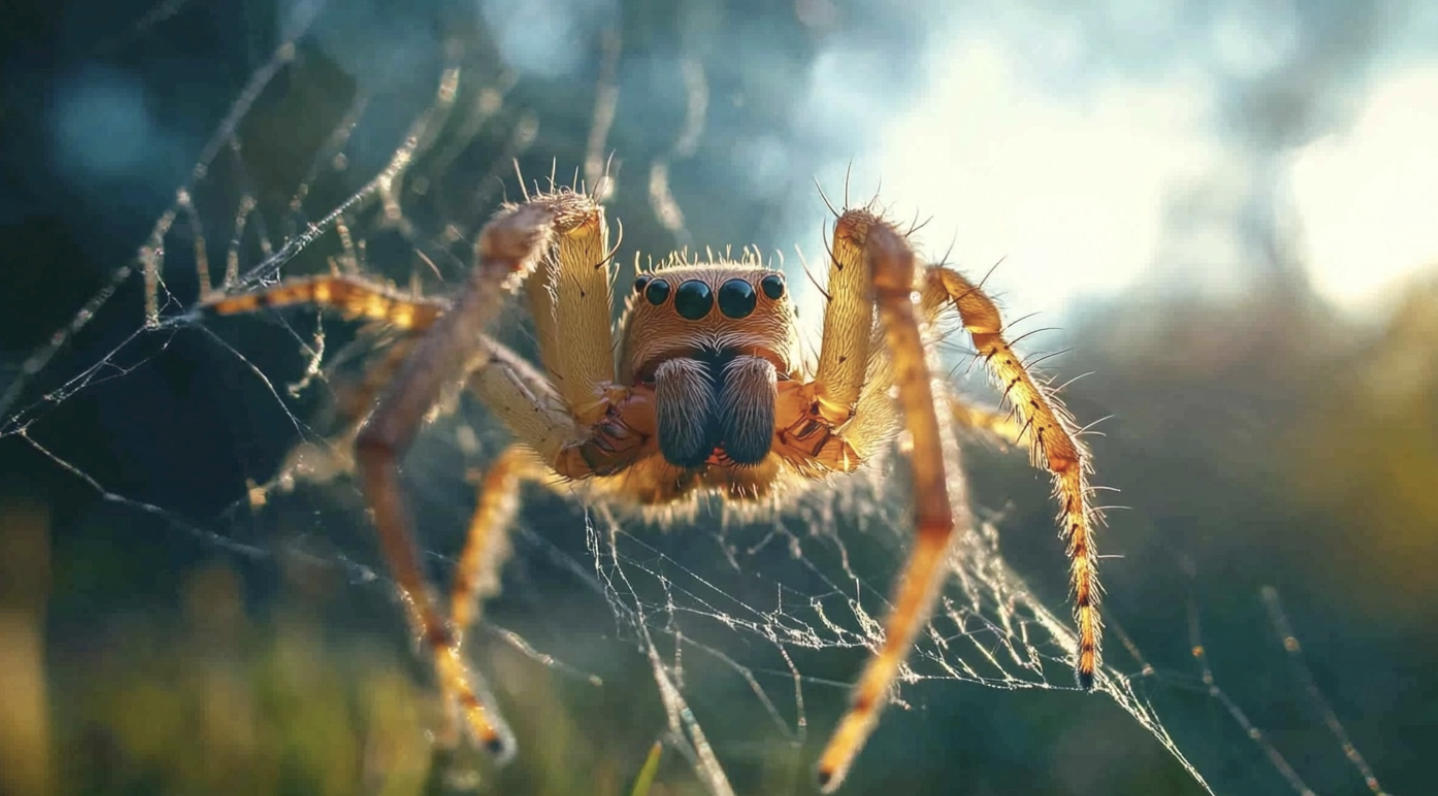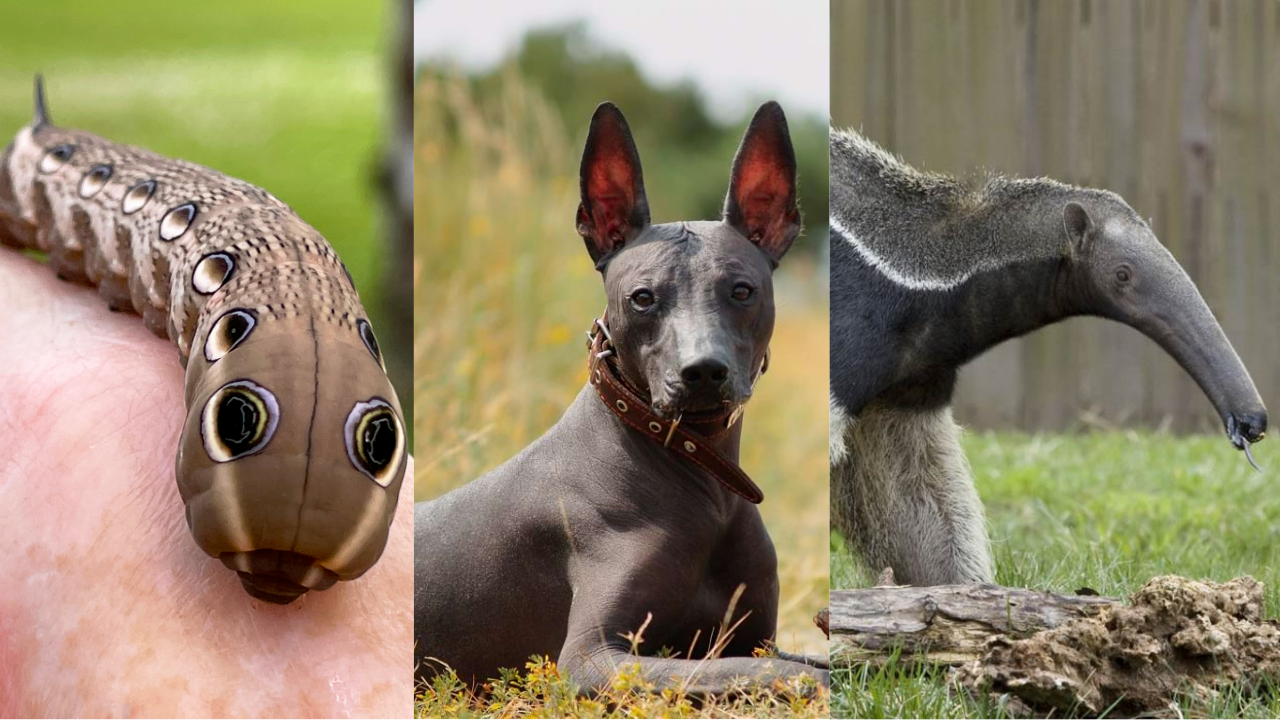
Have you ever noticed how nature crafts its most remarkable creatures with surprising X-factors?
The animal kingdom boasts specimens that defy expectations—from extraordinary adaptations to mind-bending abilities.
These aren’t just evolutionary quirks; they’re biological masterpieces that have allowed species to dominate ecological niches for millions of years.
The creatures we’re about to unveil challenge the conventional understanding of what animals can do and how they survive.
Some changed these traits over millennia, while others were born with genetic advantages that scientists are still decoding today.
Prepare for a lineup of nature’s most exceptional X-equipped beings that will change how you view the wild world around you.
Popular Animals that Start with X
1. Xantus’s Hummingbird
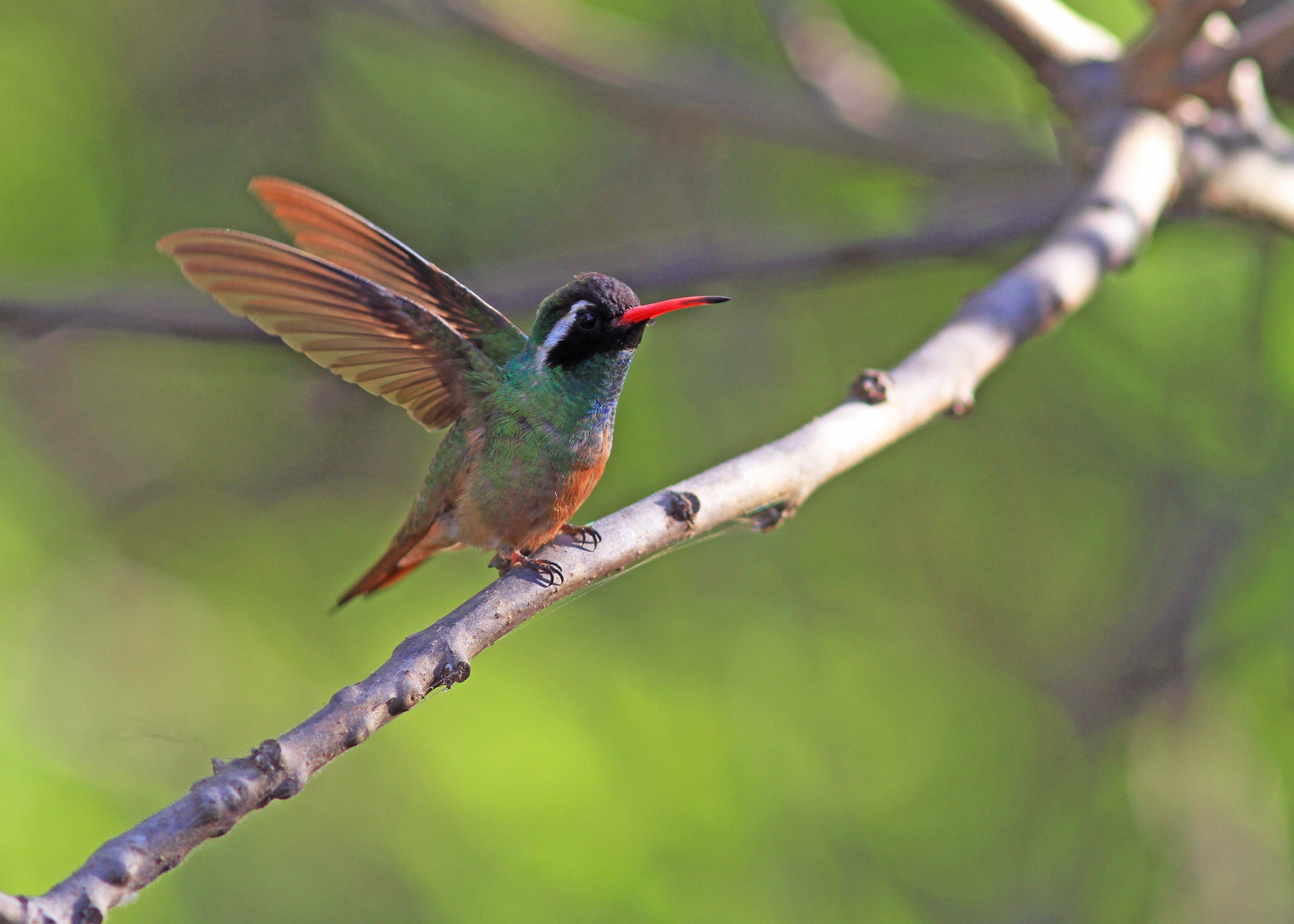
Xantus’s Hummingbird is a small bird with striking emerald-green upperparts and a distinctive rusty-orange tail.
It possesses incredible flight abilities, including hovering in mid-air and flying backward, thanks to wings that can beat up to 80 times per second.
| Scientific Name | Hylocharis Xantusii |
| Origin | Mexico |
| Habitat | Dry forests and scrubland in Baja California |
| Fun Fact | Named after Hungarian naturalist János Xántus de Vesey, this hummingbird can consume up to twice its body weight in nectar each day. |
2. X-Ray Tetra
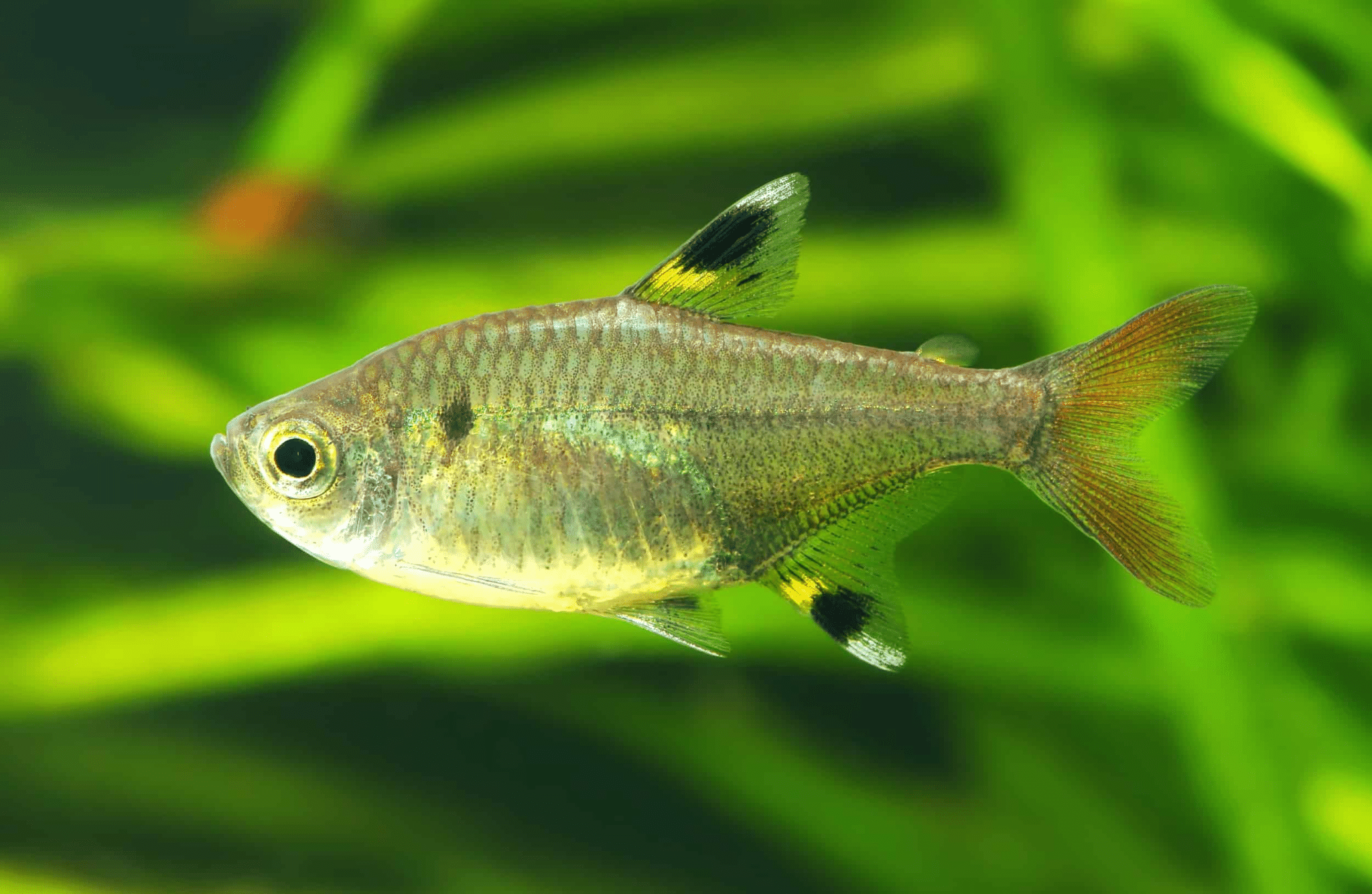
The X-Ray Tetra is a small, translucent fish with a silvery-green iridescence and a distinctive black line running horizontally across its body.
Its most remarkable feature is its transparent body that reveals its backbone and internal organs, earning it its distinctive name.
| Scientific Name | Pristella maxillaris |
| Origin | South America |
| Habitat | Slow-moving rivers and streams in the Amazon basin |
| Fun Fact | Despite its delicate appearance, the X-Ray Tetra is remarkably hardy and can adapt to various water conditions, making it a popular choice for beginner aquarium enthusiasts. |
3. Xerus

The Xerus, or African ground squirrel, features a sleek body with a distinctive tail that can be raised like a parasol to provide shade.
It has powerful limbs for digging extensive burrow systems and cheek pouches for carrying food.
| Scientific Name | Xerus inauris |
| Origin | Africa |
| Habitat | Savannas and grasslands across sub-Saharan Africa |
| Fun Fact | Xerus squirrels use their bushy tails as sunshades, positioning them to cast shadows over their bodies during intense heat, effectively lowering their body temperature. |
4. Xoloitzcuintli

The Xoloitzcuintli (pronounced “show-low-eetz-QUEENT-lee”) is an ancient hairless dog breed with smooth skin ranging from slate gray to black or bronze.
It has a lean, muscular body with a distinctive ridge of hair on its head and tail when not completely hairless.
| Scientific Name | Canis lupus familiaris |
| Origin | Mexico |
| Habitat | Domesticated companion, originally kept in Mexican households |
| Fun Fact | One of the world’s oldest dog breeds at over 3,000 years old, Xolos were considered sacred by the Aztecs who believed they guided souls to the underworld. |
5. Xeme

The Xeme, or Sabine’s Gull, is a small, graceful seabird with a distinctive forked tail and triangular wings that display a striking pattern of black, white, and gray.
It is highly migratory and has exceptional navigation skills, traveling from Arctic breeding grounds to tropical wintering areas annually.
| Scientific Name | Xema sabini |
| Origin | Arctic regions |
| Habitat | Arctic tundra for breeding; open ocean during migration; coastal areas in winter |
| Fun Fact | Unlike most gulls, the Xeme has a notched tail similar to terns and is named after Edward Sabine, who collected the first specimen in 1818 during an Arctic expedition. |
6. Xingu River Ray
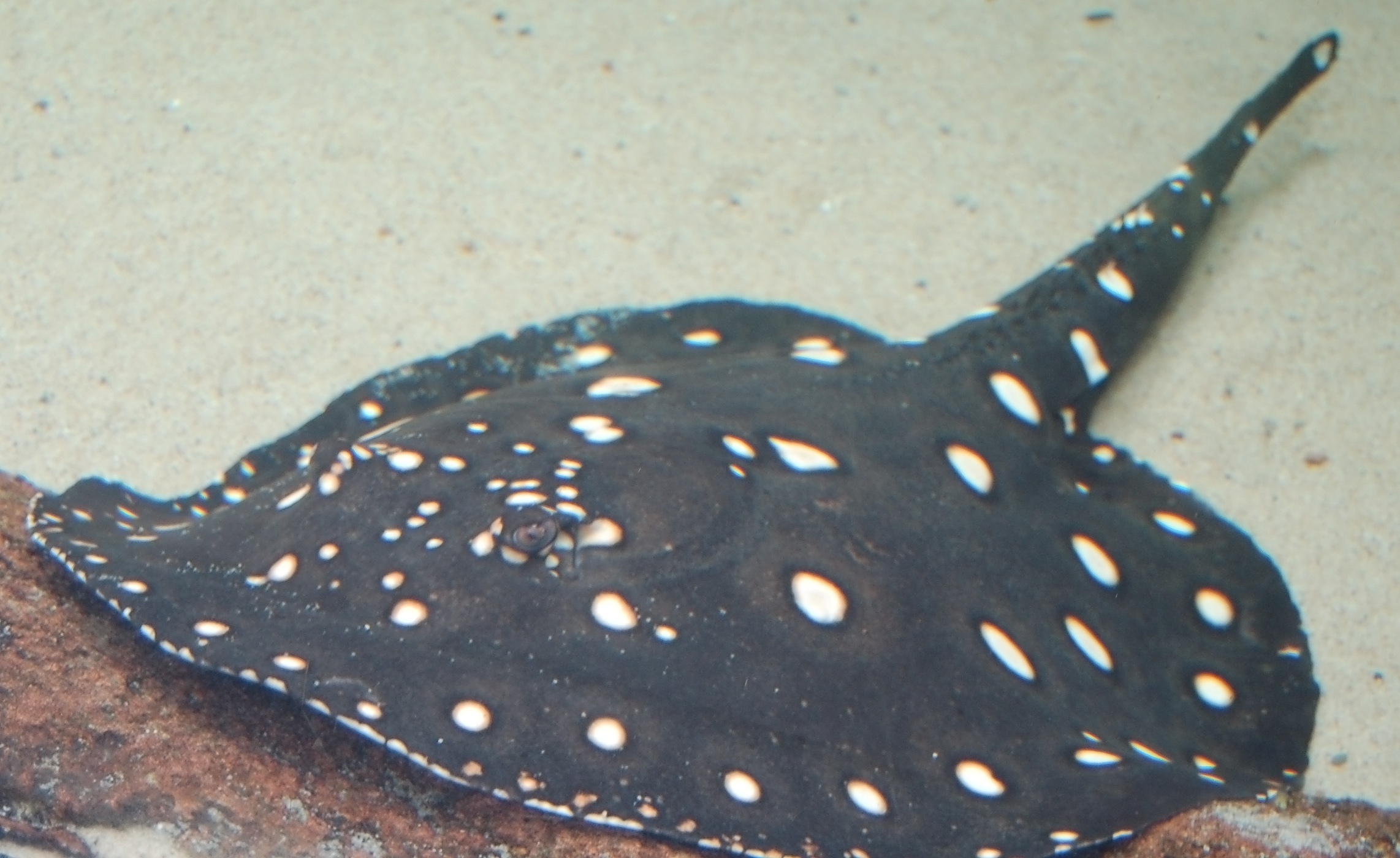
The Xingu River Ray is a freshwater stingray with a circular, flattened body adorned with intricate patterns of spots and rings in varying shades of brown, black, and cream.
It possesses a powerful venomous barb on its whip-like tail that can deliver painful stings as a defense mechanism.
| Scientific Name | Potamotrygon leopoldi |
| Origin | South America |
| Habitat | Clear, fast-flowing waters of the Xingu River in Brazil |
| Fun Fact | Also called the “polka dot stingray,” each individual has a unique pattern of spots, similar to a human fingerprint. |
7. Xenops
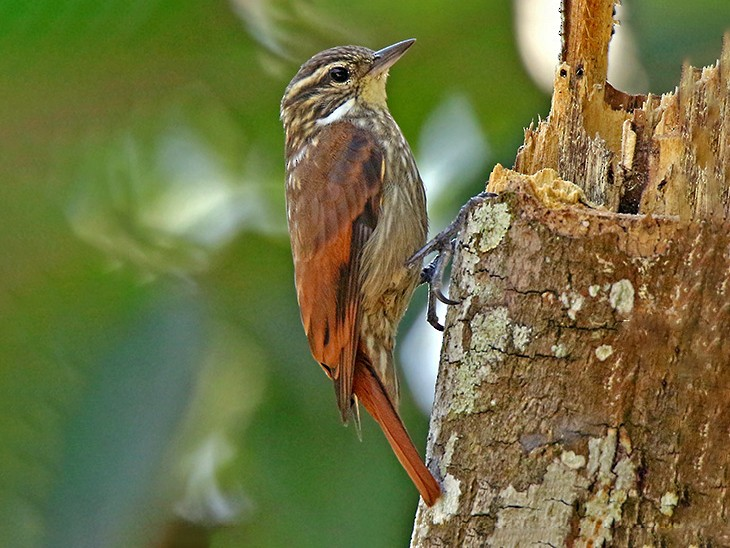
The Xenops is a small brown bird with distinctive streaking patterns and a slender, slightly upturned bill specialized for prying bark from trees.
It moves in a creeper-like fashion on tree trunks, using its specialized bill to extract insects from bark crevices with remarkable precision.
| Scientific Name | Xenops minutus (Plain Xenops) |
| Origin | Central and South America |
| Habitat | Tropical and subtropical lowland forests |
| Fun Fact | Despite its small size (about 12cm), the Xenops has an extraordinarily strong neck that allows it to pry up bark pieces many times its own weight. |
8. Xantus’s Murrelet
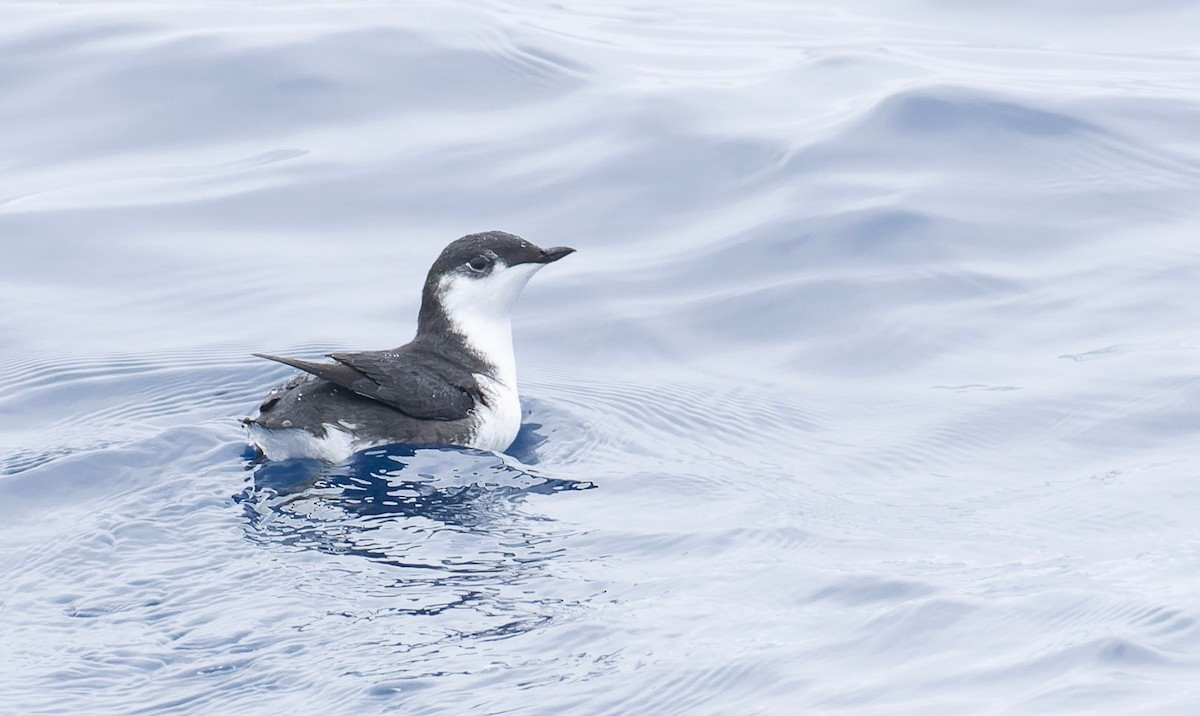
Xantus’s Murrelet is a small seabird with black upperparts, white underparts, and a distinctive white crescent behind each eye.
It is an excellent swimmer and diver, capable of using its wings to “fly” underwater in pursuit of small fish and marine invertebrates.
| Scientific Name | Synthliboramphus hypoleucus |
| Origin | Eastern Pacific Ocean |
| Habitat | Coastal waters and rocky islands off California and Mexico |
| Fun Fact | Xantus’s Murrelet chicks leave their nest just two days after hatching, jumping from cliff faces directly into the ocean where their parents care for them. |
9. Xolo

The Xolo (short for Xoloitzcuintli) is a hairless dog with smooth, tough skin in colors ranging from black to slate gray, bronze, or reddish-brown.
It has a lean, elegant body with a long neck, almond-shaped eyes, and large, expressive bat-like ears that contribute to its distinctive appearance.
| Scientific Name | Canis lupus familiaris |
| Origin | Mexico |
| Habitat | Domesticated companion animal |
| Fun Fact | The Xolo’s body temperature runs several degrees higher than other dogs, making them feel warm to the touch and historically used as living heating pads for people with arthritis and other ailments. |
10. Xenopus
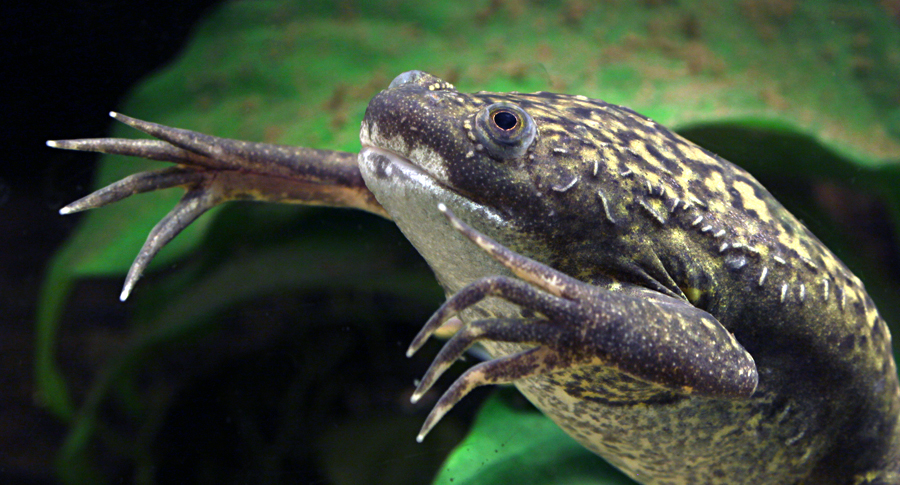
Xenopus (African clawed frog) is a medium-sized aquatic frog with a flattened body, small eyes positioned on top of its head, and distinctive clawed hind feet.
It lacks a visible ear or tongue, and its front limbs are small with sensory fingers that help locate food underwater.
| Scientific Name | Xenopus laevis |
| Origin | Sub-Saharan Africa |
| Habitat | Stagnant ponds, streams, and man-made water bodies |
| Fun Fact | Xenopus was used as a pregnancy test in the mid-20th century—injecting a woman’s urine into the frog would cause it to lay eggs within 24 hours if the woman was pregnant. |
11. Xingu Corydoras
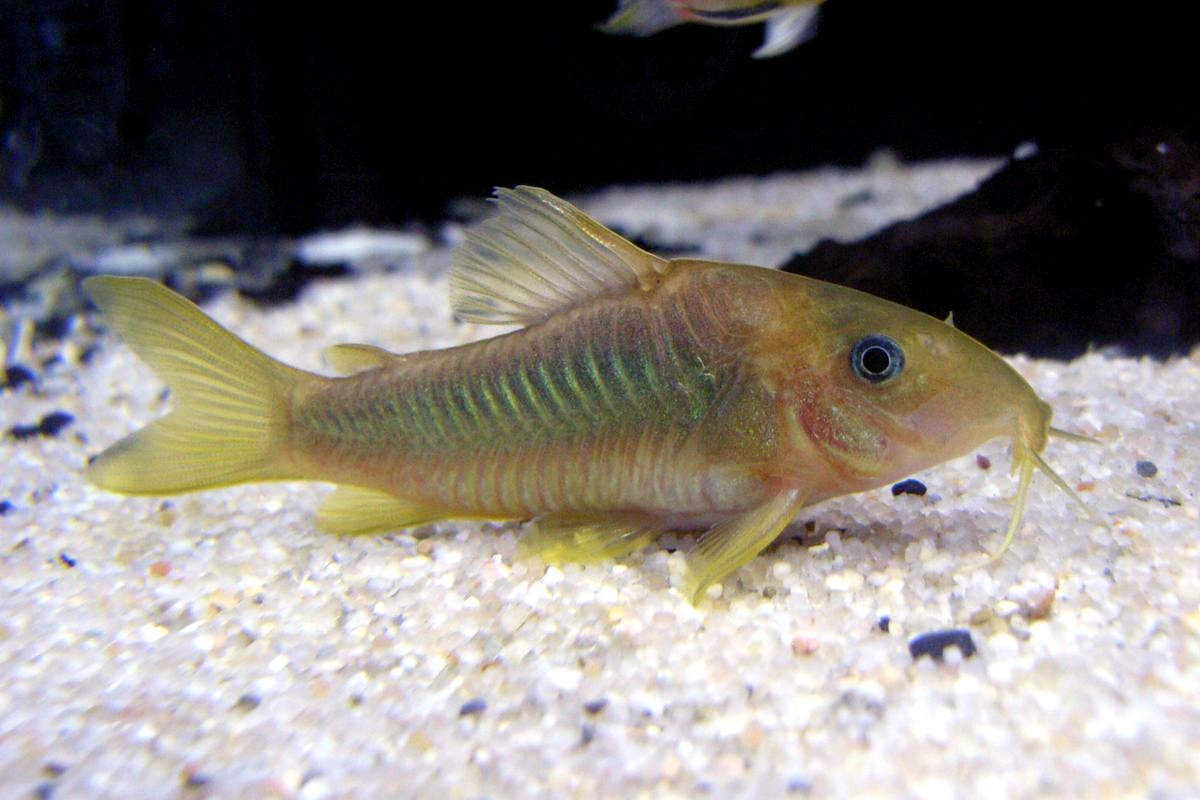
The Xingu Corydoras is a small, armored catfish with an attractive pattern of dark spots scattered across its silvery-bronze body and transparent fins.
It features a notable row of protective bony plates along its sides and barbels around its mouth that function like taste buds to help locate food in murky water.
| Scientific Name | Corydoras xinguensis |
| Origin | South America |
| Habitat | Clear, sandy-bottomed tributaries of the Xingu River in Brazil |
| Fun Fact | These catfish “gulp” air from the surface, absorbing oxygen through their intestines as a supplementary form of respiration. |
12. Xestochilus
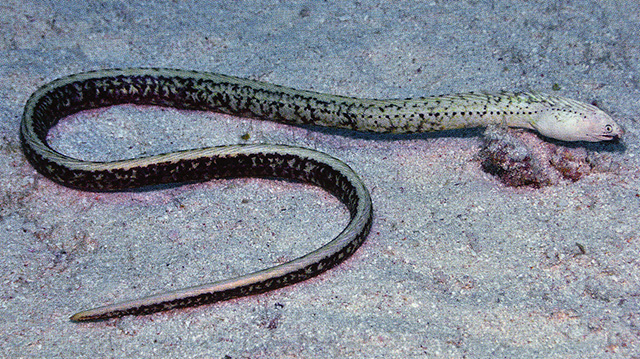
The Xestochilus is a small, distinctive weevil with an elongated snout and segmented antennae that are often folded against its body when at rest.
Its body is covered with intricate patterns of scales that create camouflage against tree bark and plant surfaces in its native habitat.
| Scientific Name | Xestochilus gracilis |
| Origin | Southeast Asia |
| Habitat | Tropical forests, particularly on specific host plants |
| Fun Fact | Its name means “polished lip” in Greek, referring to its glossy mouthparts used for feeding on plant sap. |
13. Xenotilapia
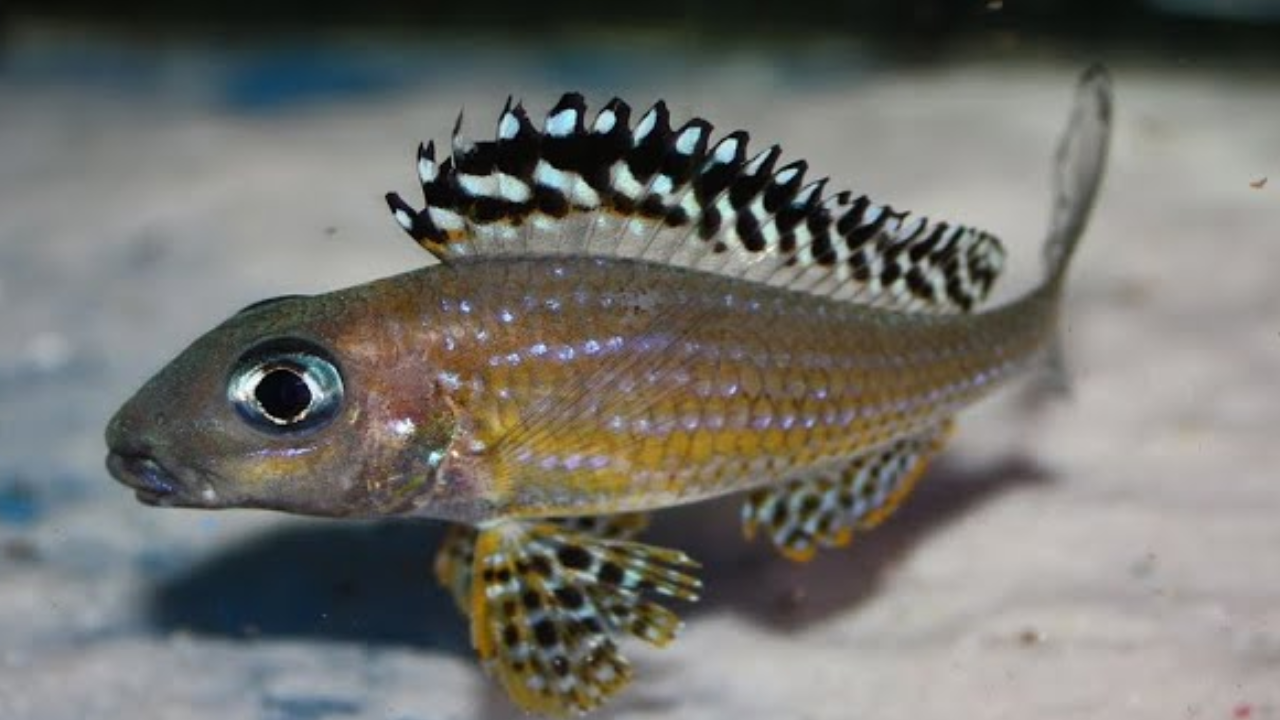
Xenotilapia is a slender, laterally compressed cichlid fish with subtle, iridescent coloration that often includes blue, silver, and yellow highlights on a base of sand-colored scales.
It has specialized protrusible jaws that can extend forward to sift through sand for tiny invertebrates, creating distinctive feeding pits in the lake bottom.
| Scientific Name | Xenotilapia spilopterus (among other species) |
| Origin | Africa |
| Habitat | Sandy substrates in Lake Tanganyika, one of the African Great Lakes |
| Fun Fact | Females incubate eggs and fry in their mouths for protection, sometimes going weeks without eating during this period. |
14. Xylophanes Caterpillar
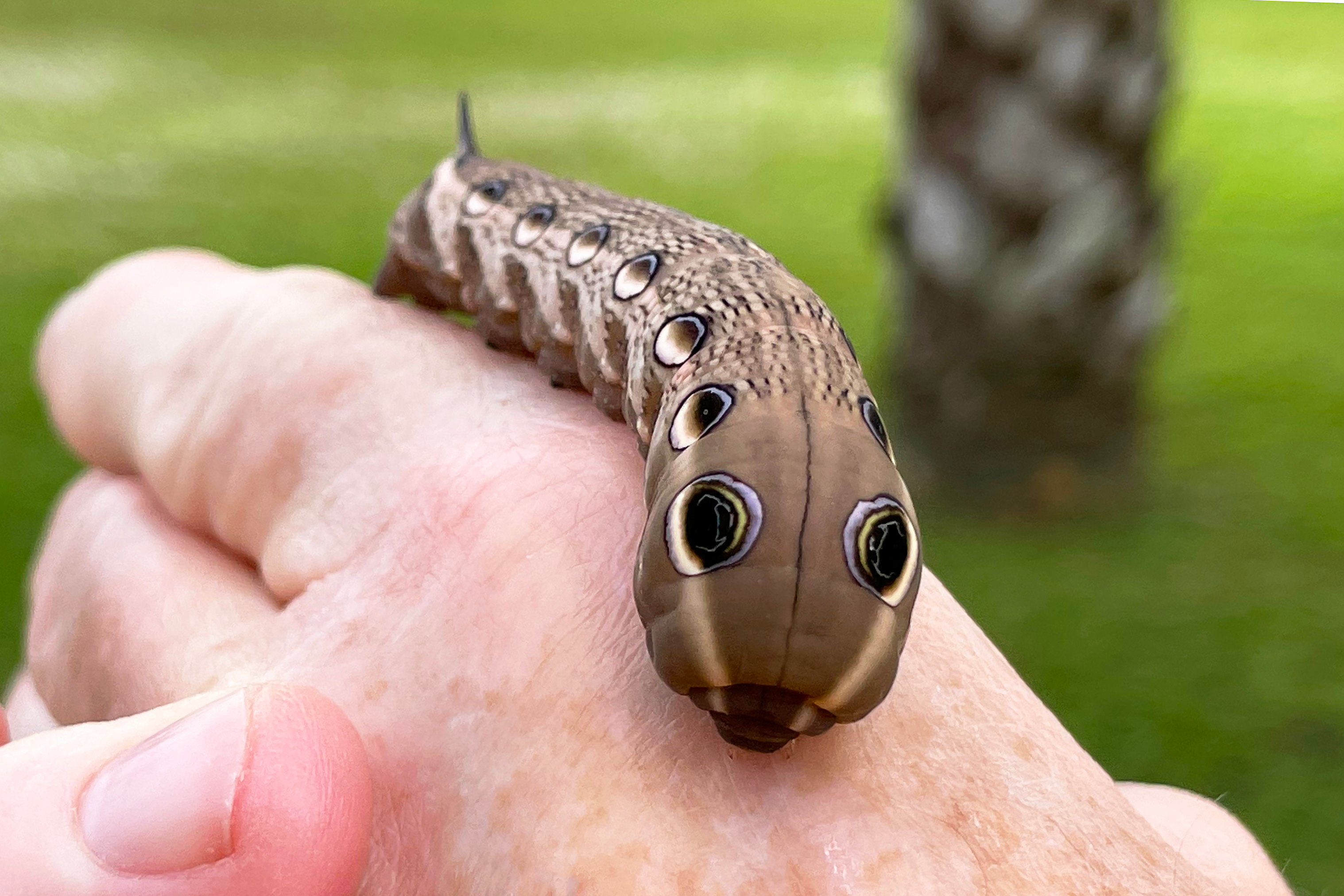
The Xylophanes caterpillar is a large, smooth-bodied larva with a prominent horn or “tail” on its posterior end and eye-like markings that serve as a defensive mechanism.
It typically displays vibrant green coloration with diagonal stripes along its sides and can dramatically change its appearance when threatened by inflating its thoracic segments to reveal startling eyespots.
| Scientific Name | Xylophanes Tersa |
| Origin | Americas (from the USA to South America) |
| Habitat | Various forests and gardens where host plants like buttonbush and pentas grow |
| Fun Fact | When disturbed, it inflates its front segments to mimic a snake’s face, complete with convincing false “eyes.” |
15. Xanthichthys
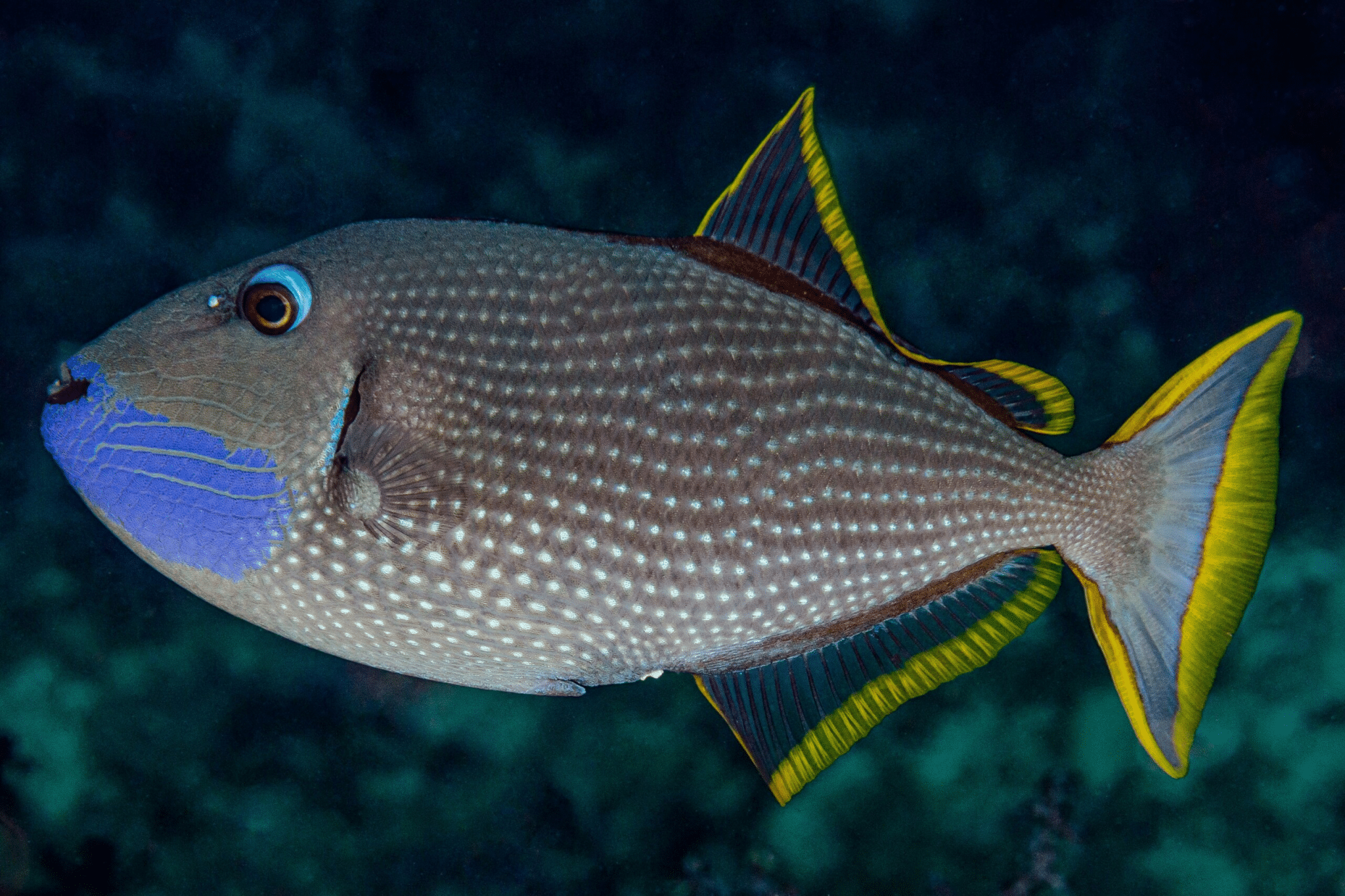
The Xanthichthys (triggerfish) has a laterally compressed, oval body with tough, scale-covered skin and a distinctive dorsal “trigger” spine that can be locked upright as a defense mechanism.
Its powerful jaws contain specialized teeth for crushing hard-shelled prey, and its eyes can rotate independently, allowing for exceptional visibility and depth perception underwater.
| Scientific Name | Xanthichthys mento (Crosshatch triggerfish) |
| Origin | Indo-Pacific region |
| Habitat | Coral reefs and adjacent sandy areas, typically at depths of 20-100 meters |
| Fun Fact | These intelligent fish can recognize human faces and use jets of water to flip over sea urchins, exposing their vulnerable undersides. |
21. Xenarthra
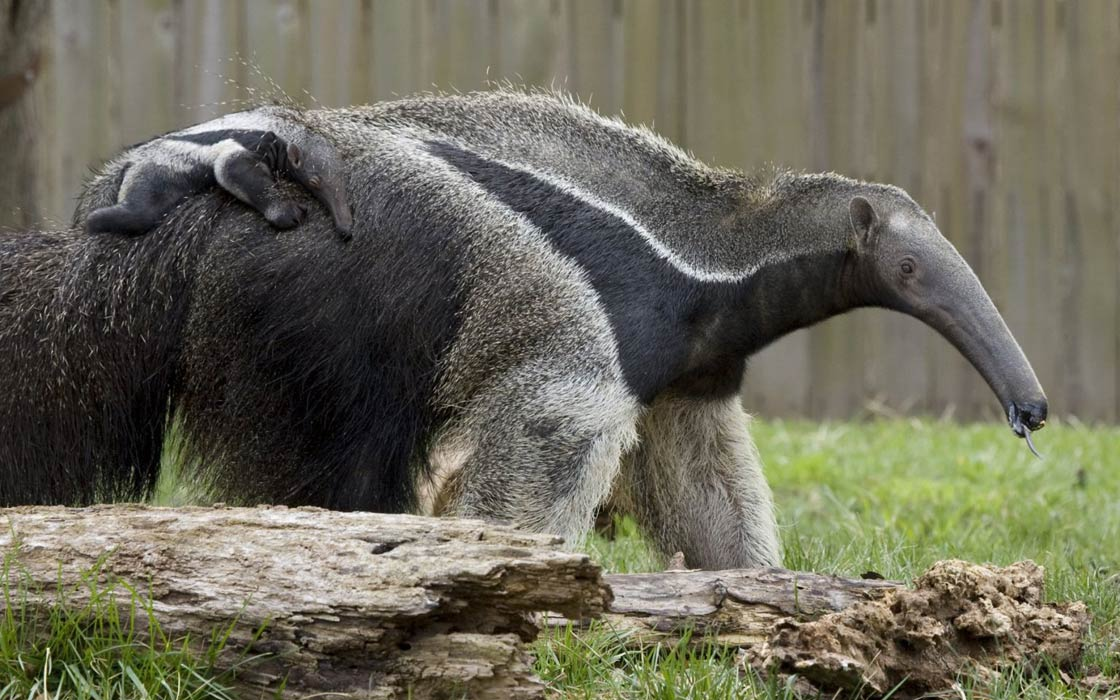
The Xenarthra is not a single animal but a superorder that includes armadillos, sloths, and anteaters, characterized by unique vertebral joints that provide extra support and strength.
These mammals share distinctive features like simplified teeth or complete lack thereof, powerful digging claws, and generally slow metabolisms adapted to specialized diets.
| Scientific Name | Varies by species (includes Dasypodidae, Bradypodidae, Myrmecophagidae) |
| Origin | South and Central America |
| Habitat | Various ecosystems from rainforests to grasslands across the Americas |
| Fun Fact | The name “Xenarthra” means “strange joints,” referring to the unique additional articulations in their vertebrae. |
22. Xantusia
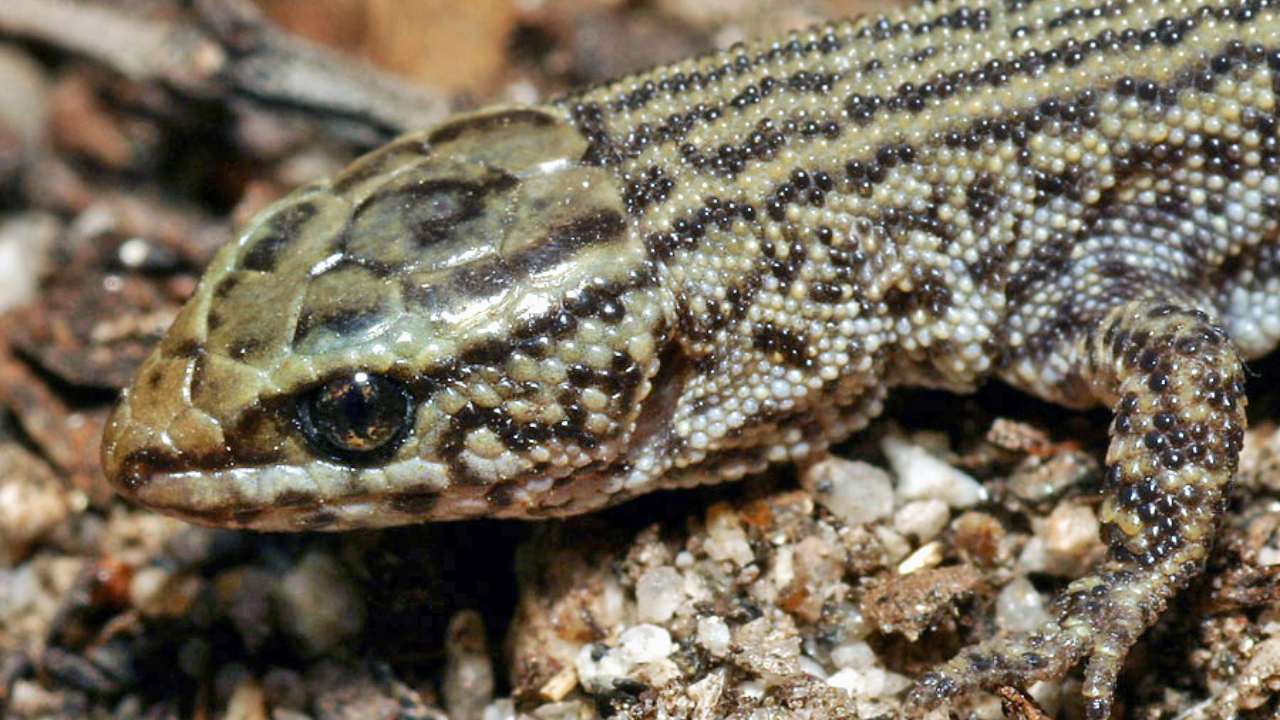
Xantusia, or night lizard, is a small, secretive reptile with a flattened body, smooth scales, and unusually large eyes adapted for low-light conditions.
It has specialized adhesive toe pads that allow it to climb vertical surfaces and a coloration that ranges from pale tan to dark brown, blending perfectly with its rocky habitat.
| Scientific Name | Xantusia riversiana (Island Night Lizard) |
| Origin | North America |
| Habitat | Rocky areas and crevices on the Channel Islands off California |
| Fun Fact | Some species can live up to 30 years, making them among the longest-lived lizards in the world. |
23. Xenagama
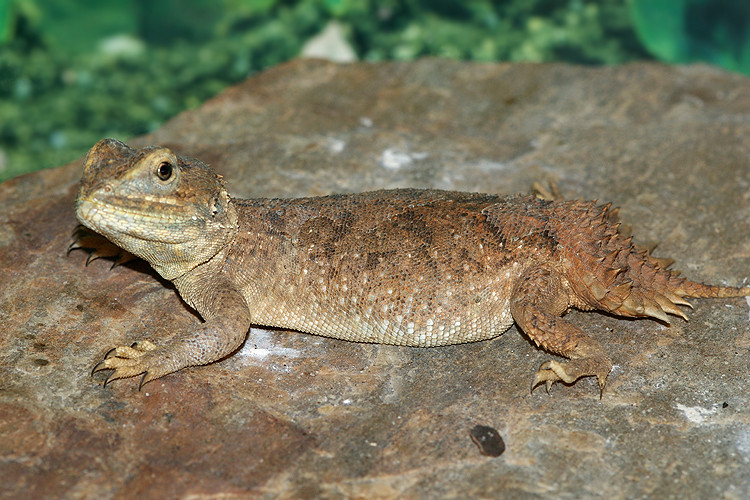
The Xenagama, or Ethiopian Agama, is a small, spiny lizard with a distinctive flattened body and a short, club-like tail that distinguishes it from other agamids.
Males display vibrant breeding colors including blue heads and orange-red bodies, while maintaining excellent camouflage against the rocky substrate when needed.
| Scientific Name | Xenagama taylori |
| Origin | East Africa |
| Habitat | Arid, rocky regions of Ethiopia and Somalia |
| Fun Fact | Its unusual tail evolved as an adaptation to its rocky environment, serving as both a fat storage organ and a wedge for securing itself in crevices. |
24. Xenochrophis
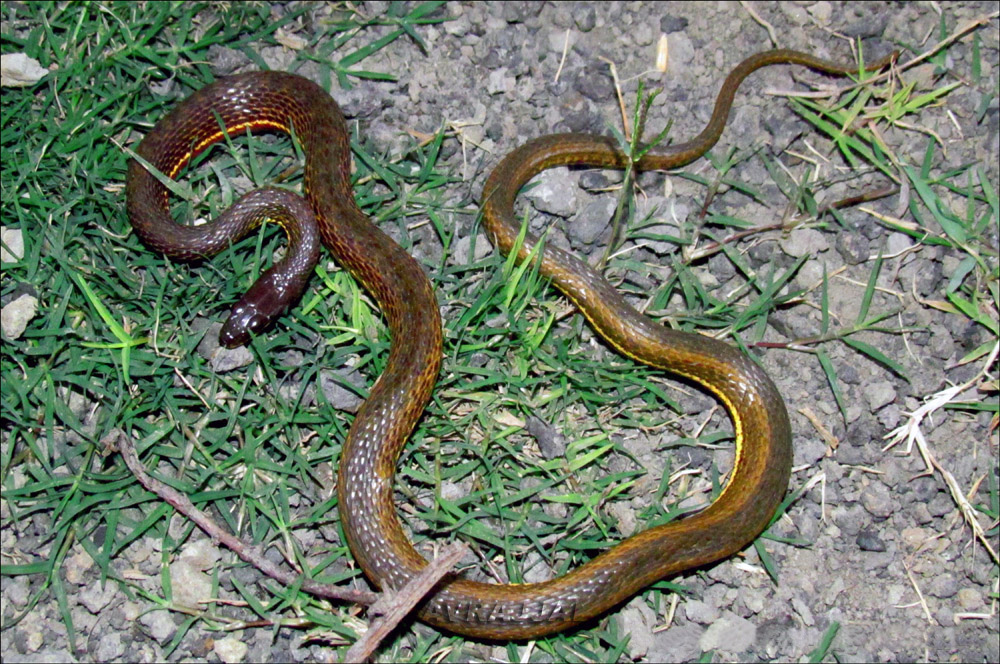
The Xenochrophis, or Asian water snake, is a semi-aquatic reptile with a slender body, keeled scales that provide excellent swimming ability, and a distinct pattern of spots or stripes.
It possesses an excellent sense of smell and specialized jaw adaptations for capturing fast-moving aquatic prey like fish and amphibians.
| Scientific Name | Xenochrophis piscator (Checkered Keelback) |
| Origin | Asia |
| Habitat | Freshwater bodies including rice paddies, ponds, and marshes across South and Southeast Asia |
| Fun Fact | Despite being non-venomous, it mimics the appearance and defensive behavior of venomous snakes to deter predators. |
25. Xanthareel
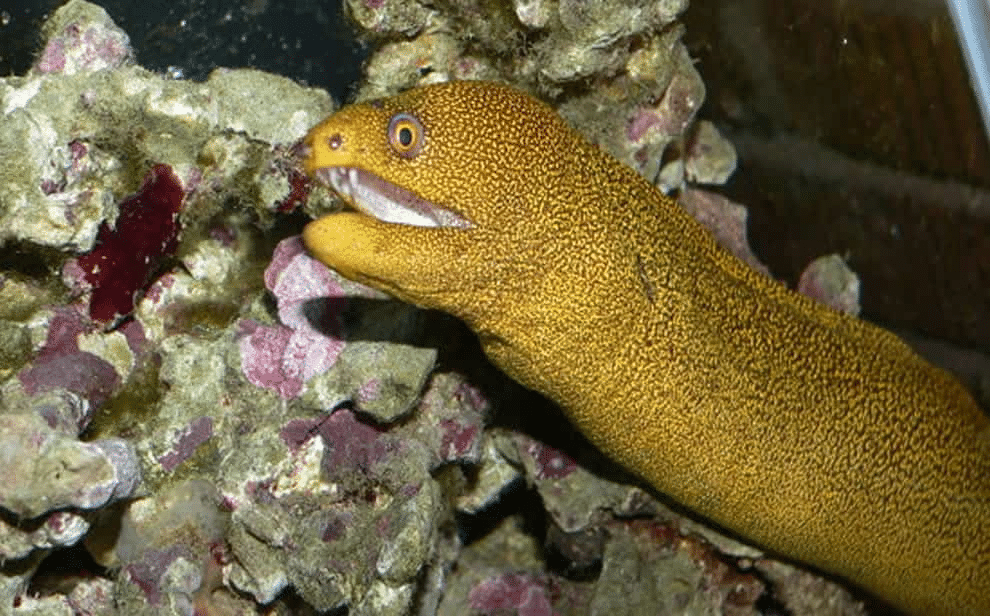
The Xanthareel, or yellow reef eel, features an elongated, snake-like body with bright yellow to golden coloration that stands out vividly against coral reef backgrounds.
It has a pointed snout with powerful jaws, small gill openings, and its dorsal and anal fins are continuous with the tail fin, creating a ribbon-like appearance when swimming.
| Scientific Name | Gymnothorax prasinus |
| Origin | Indo-Pacific region |
| Habitat | Coral reefs and rocky substrates in tropical waters |
| Fun Fact | Despite their fearsome appearance, these eels are often relatively docile and may form symbiotic hunting relationships with certain grouper species. |
26. Xami Hairstreak
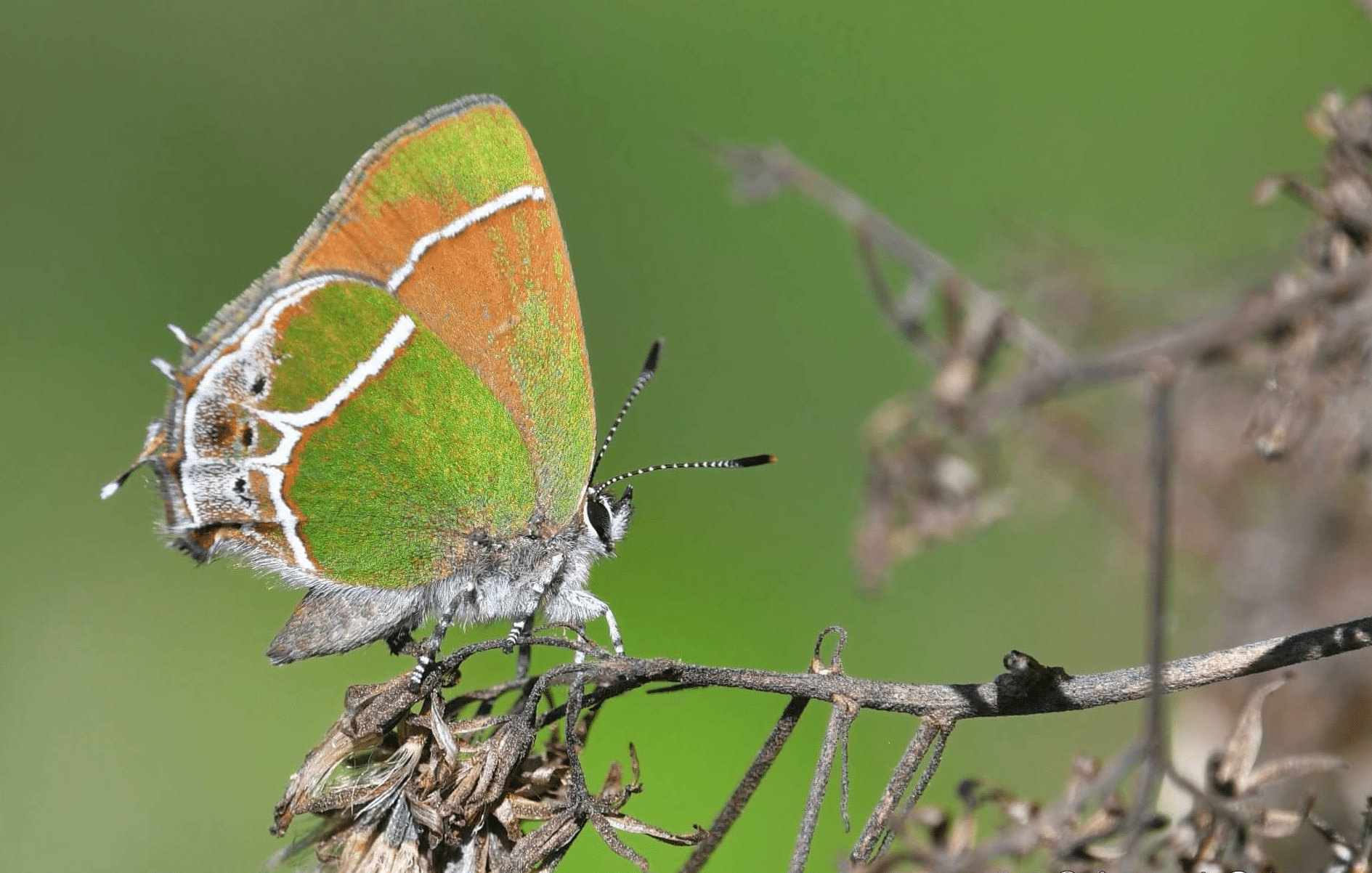
The Xami Hairstreak is a small butterfly with velvety gray-brown wings adorned with a slender white line across both pairs and small orange markings near the hindwing tails.
Its hindwings feature delicate, thread-like tails that resemble antennae, creating a false head appearance that misdirects predator attacks away from its actual body.
| Scientific Name | Callophrys xami |
| Origin | North America |
| Habitat | Desert and scrubland areas in Mexico and the southwestern United States |
| Fun Fact | The caterpillars have a mutualistic relationship with ants that protect them in exchange for sweet secretions. |
27. Xestia Moth
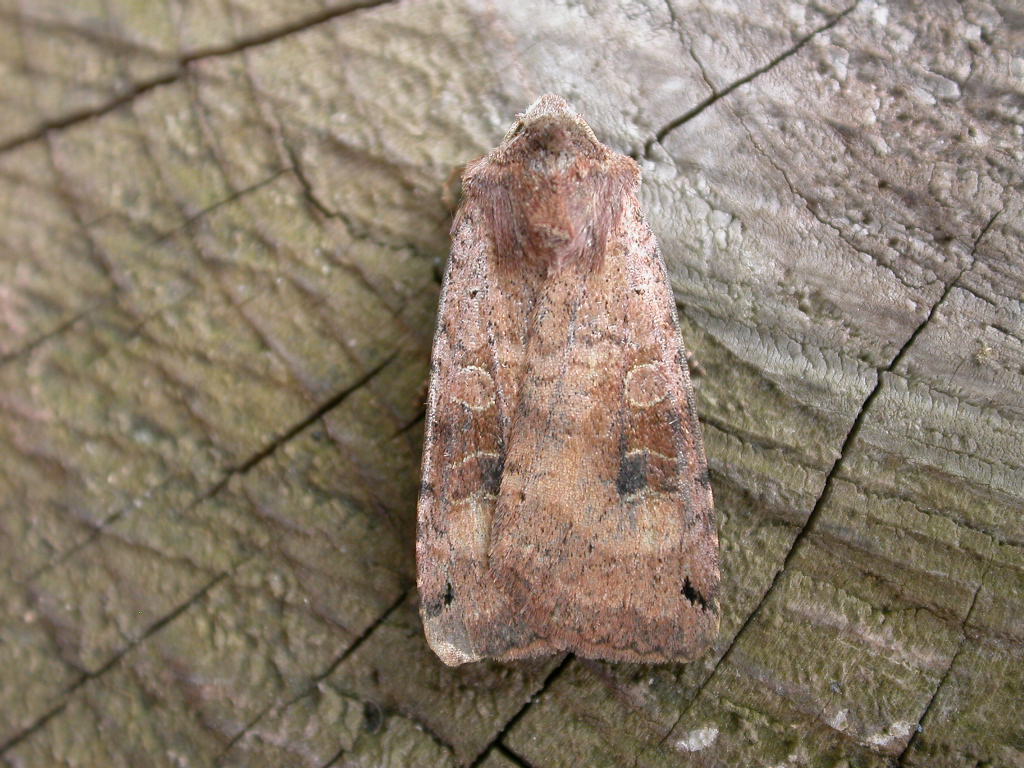
The Xestia moth possesses broad, sturdy wings with intricate patterns of brown, gray, and rust coloration that provide excellent camouflage against tree bark and leaf litter.
It features feathery antennae used to detect pheromones and a stout, furry body adapted for retaining heat during nocturnal activity in cool climates.
| Scientific Name | Xestia c-nigrum (Setaceous Hebrew Character) |
| Origin | Northern Hemisphere |
| Habitat | Woodlands, gardens, and agricultural areas across Europe, Asia, and North America |
| Fun Fact | Its common name comes from the distinctive black mark on its forewings that resembles the Hebrew letter “nun.” |
28. Xylocopa
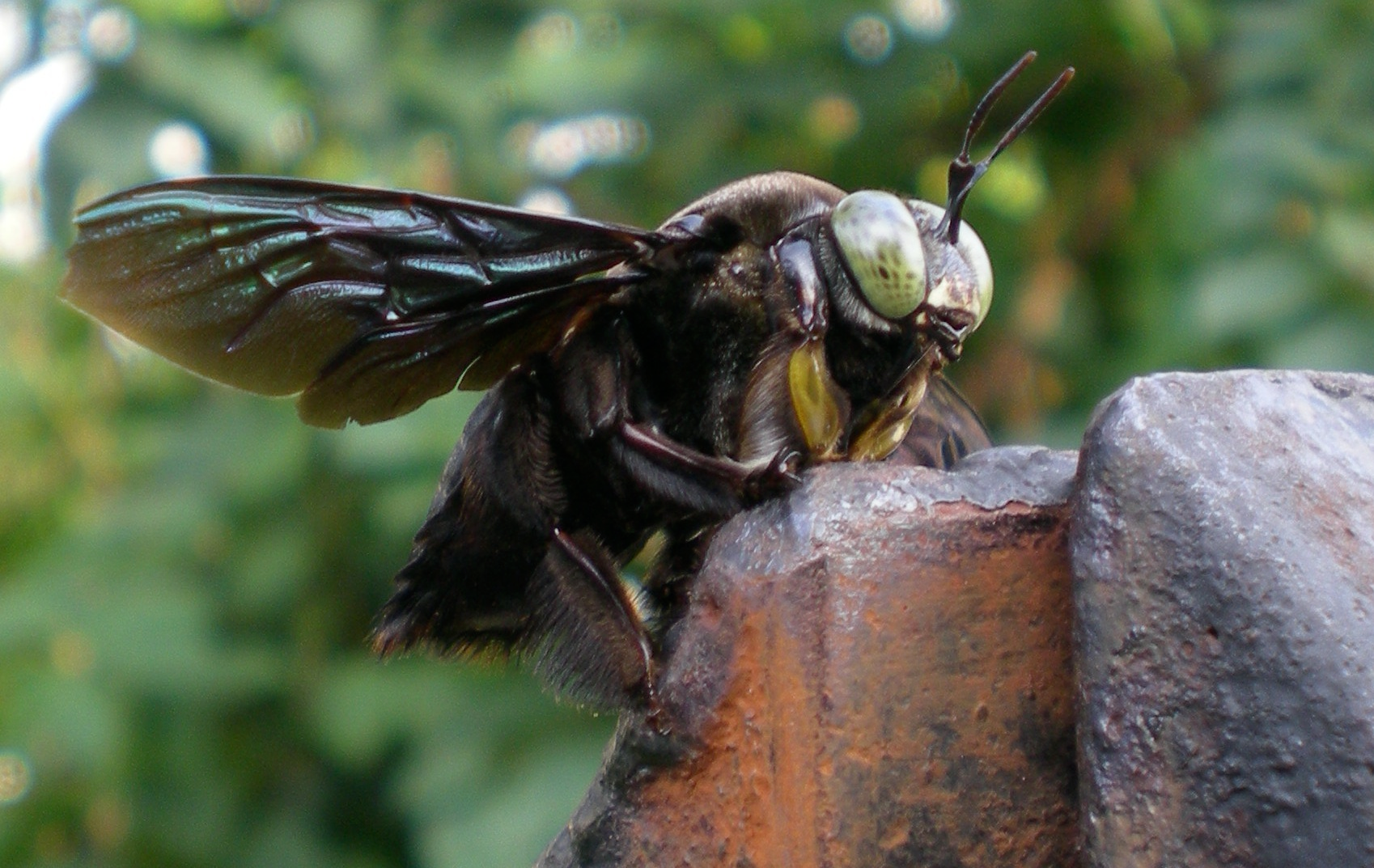
The Xylocopa, or carpenter bee, is a large, robust bee with a metallic black body often showing brilliant blue or purple iridescence in sunlight.
It has powerful mandibles for excavating nesting tunnels in wood and specialized hairs on its hind legs that form pollen baskets for collecting and transporting flower pollen.
| Scientific Name | Xylocopa violacea (Violet Carpenter Bee) |
| Origin | Worldwide (various species) |
| Habitat | Forests, gardens, and wooden structures across multiple continents |
| Fun Fact | Despite their intimidating size, male carpenter bees cannot sting and are completely harmless to humans. |
29. Xamiatus
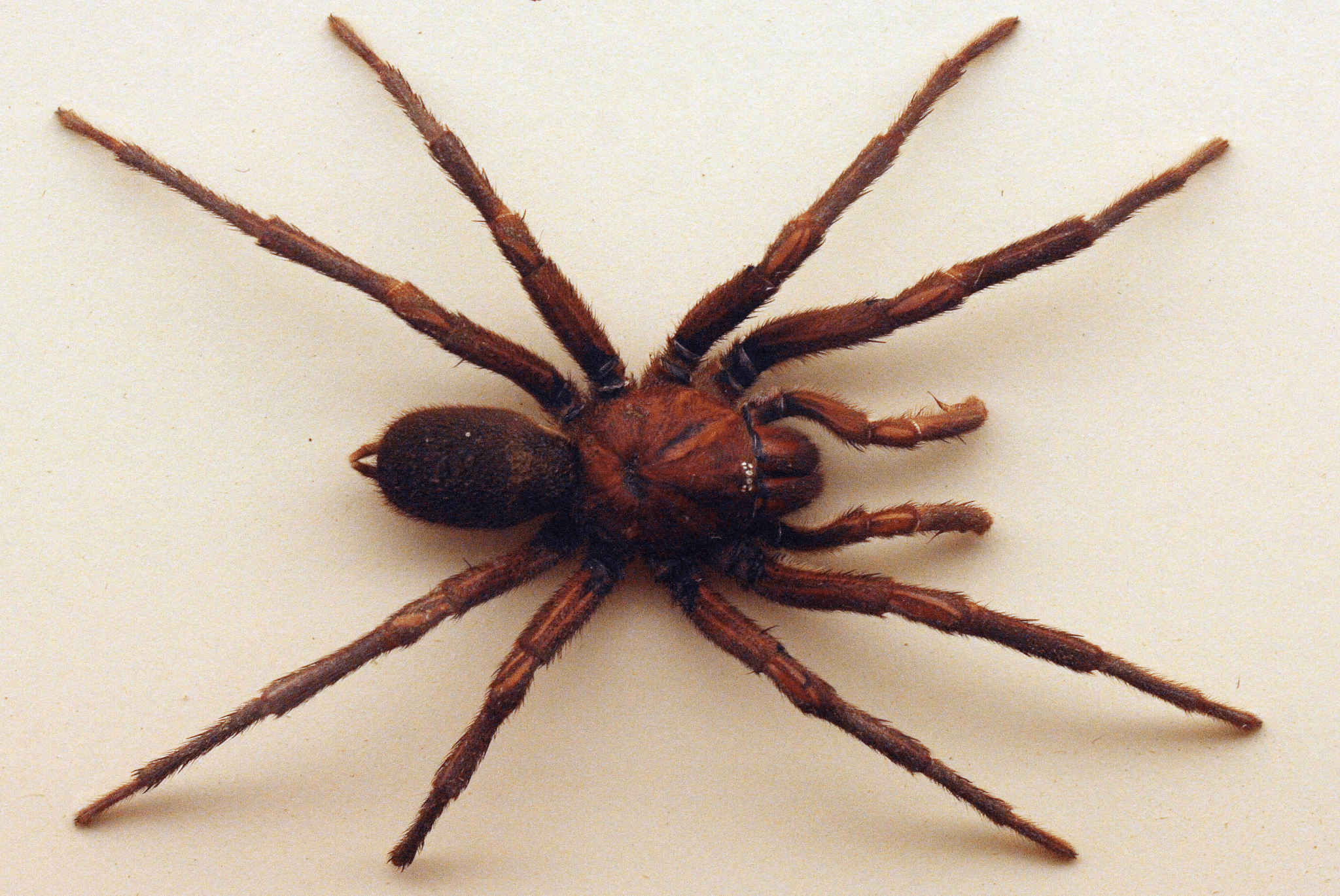
The Xamiatus, or Queensland funnel-web spider, is a large, robust arachnid with glossy dark brown to black coloration and powerful fangs that point downward rather than inward.
It has eight eyes arranged in a rectangular pattern, stout legs lined with spines for digging, and specialized hairs that can detect air vibrations, alerting it to nearby prey or predators.
| Scientific Name | Xamiatus rubrifrons |
| Origin | Australia |
| Habitat | Rainforest habitats in Queensland, Australia |
| Fun Fact | Despite its fearsome appearance, this spider is actually shy and rarely encountered by humans. |
30. Xyelidae
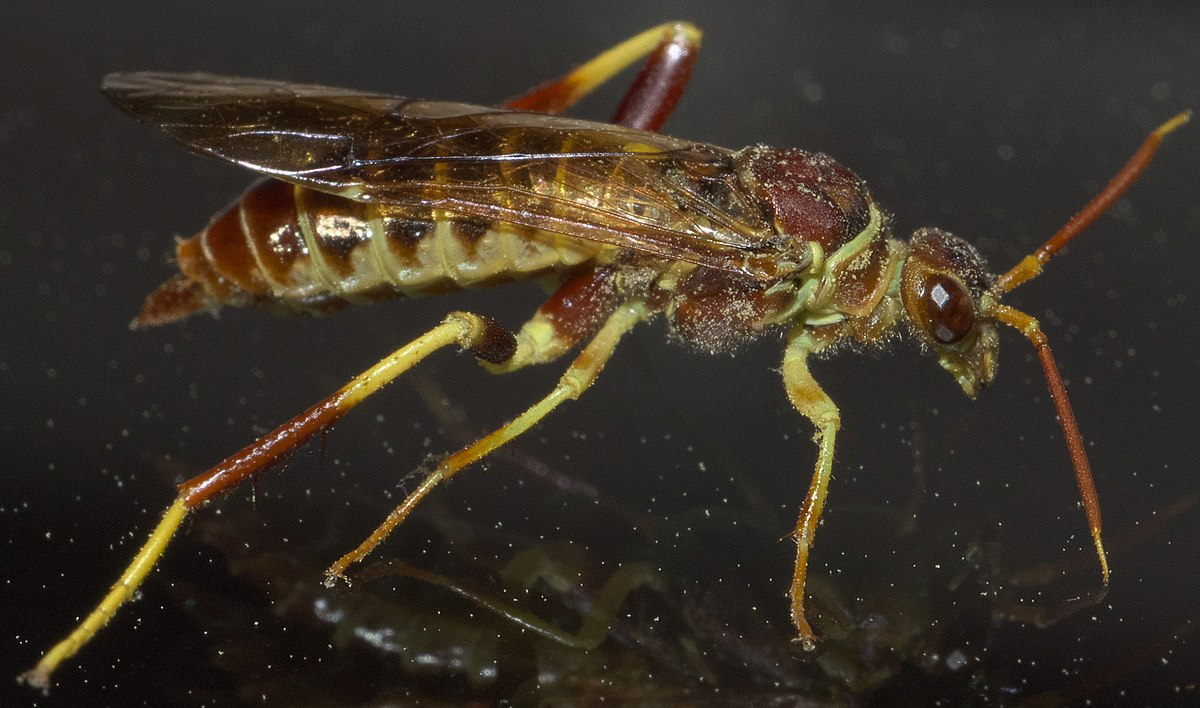
The Xyelidae sawfly is a small, primitive wasp-like insect with distinctive antennae featuring an elongated third segment and relatively broad wings with preserved ancient venation patterns.
It possesses a specialized ovipositor that females use to insert eggs into plant tissue, particularly conifer pollen structures where their larvae will develop.
| Scientific Name | Xyela julii (and related species) |
| Origin | Northern Hemisphere |
| Habitat | Coniferous forests across Europe, Asia, and North America |
| Fun Fact | These are considered the most primitive living sawflies, with a fossil record dating back over 250 million years. |
Less Popular or Rarely Known Animals
31. Xysticus
The Xysticus, or ground crab spider, has a flattened, oval body with legs extended sideways crab-like, and cryptic patterns of brown, gray, and white that blend perfectly with bark, soil, or dried leaves.
Unlike web-building spiders, it has excellent vision from eight eyes arranged in two rows and powerful front legs equipped with spines for grasping prey in its ambush hunting strategy.
| Scientific Name | Xysticus cristatus (Common Crab Spider) |
| Origin | Northern Hemisphere |
| Habitat | Leaf litter, low vegetation, and tree bark across Europe, Asia, and North America |
| Fun Fact | These spiders don’t build webs but instead ambush their prey, capable of capturing insects much larger than themselves. |
32. Xaniothrips
The Xaniothrips is a tiny, slender insect with distinctive fringed wings that appear feather-like under magnification and give the order its name, Thysanoptera (meaning “fringe-winged“).
It has an unusual asymmetric mouthpart structure formed into a unique feeding cone that allows it to pierce plant cells and extract their contents.
| Scientific Name | Xaniothrips leukandrus |
| Origin | Australia |
| Habitat | On specific host plants in dry regions of Australia |
| Fun Fact | These thrips can reproduce through parthenogenesis, allowing females to produce offspring without mating. |
33. Xanthopimpla
The Xanthopimpla is a striking wasp with a bright yellow body marked with black spots, long antennae, and transparent wings with distinctive amber venation.
It possesses an elongated ovipositor that extends from its abdomen, which females use with remarkable precision to drill through wood or plant tissue to parasitize concealed host larvae.
| Scientific Name | Xanthopimpla pedator |
| Origin | Asia and Australasia |
| Habitat | Tropical and subtropical forests across Southeast Asia and neighboring regions |
| Fun Fact | Its ovipositor can detect chemical signals from hidden larvae deep inside trees and plants, allowing precise targeting. |
34. Xiphophorus
The Xiphophorus, or swordtail fish, features a streamlined body with vibrant coloration and males possess the distinctive elongated lower portion of the tail fin that resembles a sword.
It has a laterally compressed body adapted for quick, agile swimming and displays sexual dimorphism with males being more colorful and developing the characteristic sword-like tail extension.
| Scientific Name | Xiphophorus hellerii (Green Swordtail) |
| Origin | Central America |
| Habitat | Streams, canals, and warm springs in Mexico, Guatemala, and Honduras |
| Fun Fact | The male’s sword-like tail extension evolved through sexual selection, as females prefer males with longer “swords.” |
35. Xanthogramma
The Xanthogramma is a hovering fly that exhibits remarkable wasp mimicry with a black body adorned with bright yellow stripes, clear wings, and large compound eyes.
It possesses specialized flight muscles that allow it to hover perfectly still in mid-air or make instantaneous directional changes, outmaneuvering most predators.
| Scientific Name | Xanthogramma pedissequum |
| Origin | Europe and Asia |
| Habitat | Meadows, woodlands, and gardens throughout the Palearctic region |
| Fun Fact | Despite looking almost identical to wasps, these harmless flies have no stinger and are beneficial pollinators and aphid predators. |
36. Xenobalistes
The Xenobalistes, a rare deep-water triggerfish, has a compressed oval body with rough, plate-like scales and the characteristic locking dorsal spine that gives triggerfishes their name.
Its coloration features a complex pattern of spots and swirls that provide camouflage in its deep reef habitat, with specialized teeth designed for crushing hard-shelled prey.
| Scientific Name | Xenobalistes tumidipectoris |
| Origin | Indo-Pacific region |
| Habitat | Deep reef drop-offs and seamounts at depths of 100-300 meters |
| Fun Fact | This rare fish has specialized scales that can refract light, potentially making it less visible to both predators and prey in its deep-water habitat. |
37. Xenoleo
The Xenoleo, or strange lion cichlid, is a predatory fish with an elongated body, pointed snout, and a mouth containing numerous sharp teeth arranged in multiple rows.
It features distinctive vertical barring on its sides and specialized pelvic fins that are positioned forward under its head, allowing it to hover in place while stalking prey.
| Scientific Name | Rhamphochromis longiceps |
| Origin | Africa |
| Habitat | Open waters of Lake Malawi in East Africa |
| Fun Fact | These fish hunt in coordinated groups, surrounding and herding smaller fish into easily targeted formations. |
38. Xenosmilus
Xenosmilus was a prehistoric big cat with a heavily muscled body, unusually broad snout, and unique serrated teeth that combined the slicing ability of cats with the crushing power of hyenas.
It had relatively short, powerful limbs built for ambush hunting rather than pursuit, and is estimated to have weighed up to 400 kg, making it one of the most powerful predators of its time.
| Scientific Name | Xenosmilus hodsonae |
| Origin | North America |
| Habitat | Plains and woodlands of Florida during the Pleistocene epoch, approximately 1 million years ago |
| Fun Fact | Its unique dentition suggests it killed prey by delivering one crushing bite rather than the throat-hold technique of modern big cats. |
39. Xenacanthus
Xenacanthus was a prehistoric freshwater shark with an eel-like body, symmetrical tail fin, and a distinctive long spine projecting backward from the top of its head.
It possessed unique double-pointed teeth arranged in crushing plates, ideal for its diet of hard-shelled invertebrates and smaller fish in the ancient swamps and rivers it inhabited.
| Scientific Name | Xenacanthus decheni |
| Origin | Worldwide |
| Habitat | Freshwater swamps and rivers during the Carboniferous through Triassic periods |
| Fun Fact | Despite being sharks, these animals lived exclusively in freshwater environments, unlike most modern shark species. |
40. Xenorhina
The Xenorhina, or snouted frog, has a stocky body with a distinctively pointed, projecting snout and smooth skin typically colored in earthy tones of brown, gray, or olive.
It possesses powerful hind legs for digging rather than jumping and specialized feet with hard, shovel-like protrusions used to burrow backward into soil.
| Scientific Name | Xenorhina obesa |
| Origin | Oceania |
| Habitat | Rainforest floors in New Guinea |
| Fun Fact | These frogs bypass the tadpole stage, with females laying eggs in underground chambers where they develop directly into miniature adults. |
41. Xingu Pleco
The Xingu Pleco is a striking armored catfish with a flattened body covered in bony plates and vibrant patterns of white to cream-colored spots and lines on a deep black background.
It has a specialized mouth formed into a suction cup on the underside of its head, used to cling to rocks in fast-flowing waters and to scrape algae and microorganisms from submerged surfaces.
| Scientific Name | Hypancistrus zebra |
| Origin | South America |
| Habitat | Fast-flowing, rocky areas of the Xingu River in Brazil |
| Fun Fact | Due to dam construction threatening its habitat, this fish is now critically endangered and protected by international trade restrictions. |
42. X-Ray Fish
The X-Ray Fish has a translucent body that reveals its skeleton and internal organs, with a silvery abdomen and distinctive three-spot pattern that serves as both camouflage and species recognition.
It possesses specialized swim bladder chambers that enable it to precisely control its buoyancy and position in the water column of its blackwater habitat.
| Scientific Name | Pristella maxillaris |
| Origin | South America |
| Habitat | Slow-moving blackwater streams in the Amazon basin |
| Fun Fact | The transparency of its body serves as camouflage in its natural habitat, where the dark waters make its outline difficult for predators to detect. |
43. Xylophagous Beetle
The Xylophagous Beetle has a cylindrical, armored body with powerful mandibles capable of boring through wood and specialized digestive systems that can break down cellulose.
Its body typically features adaptations for life inside wood, including a streamlined shape, strong legs for gripping, and sensory organs that can detect tree chemicals and vibrations.
| Scientific Name | Various (includes Buprestidae and Cerambycidae families) |
| Origin | Worldwide |
| Habitat | Forests, woodlands, and anywhere woody plants grow |
| Fun Fact | Some species can detect the sound of other beetles eating wood from several meters away. |
44. Xanthic Cichlid
The Xanthic Cichlid exhibits an unusual genetic color variation resulting in bright yellow to golden body coloration instead of the species’ typical pattern.
It maintains the species’ characteristic body shape with specialized pharyngeal jaws (a second set of jaws in the throat) that allow it to process food with exceptional efficiency.
| Scientific Name | Various cichlid species with xanthic mutation |
| Origin | Africa |
| Habitat | African Great Lakes, particularly Lakes Malawi and Tanganyika |
| Fun Fact | The xanthic coloration is caused by a genetic mutation that overproduces yellow pigments while reducing other color expressions. |
45. Xantus Leaf-Toed Gecko
The Xantus Leaf-Toed Gecko is a small reptile with large, lidless eyes featuring vertical pupils, and specialized toe pads covered with microscopic hair-like structures that allow it to climb vertical surfaces.
It has soft, granular skin typically patterned in mottled browns and grays for camouflage, and a tail that can be detached as a defense mechanism if grabbed by predators.
| Scientific Name | Phyllodactylus xanti |
| Origin | North America |
| Habitat | Rocky areas in Baja California and surrounding islands |
| Fun Fact | Its specialized toe pads contain millions of microscopic hairs that create molecular attraction to surfaces, allowing it to climb even glass. |
46. Xiphosuran
The Xiphosuran, or horseshoe crab, is a living fossil with a hard, horseshoe-shaped carapace covering its body and a long, spike-like tail used for steering and righting itself if overturned.
It possesses multiple pairs of legs beneath its shell, compound eyes on top of its carapace, and simpler eyes scattered elsewhere on its body, giving it nearly 360-degree vision.
| Scientific Name | Limulus polyphemus (Atlantic Horseshoe Crab) |
| Origin | Coastal regions of North America and Asia |
| Habitat | Shallow ocean waters and sandy or muddy bottoms of continental shelves |
| Fun Fact | Their blue blood contains a compound used to test for bacterial contamination in medical equipment and vaccines. |
47. Xenacris
Xenacris is a genus of grasshoppers with sturdy hind legs adapted for powerful jumps and specialized sound-producing structures on their legs that create distinctive songs by stridulation.
They have elongated bodies with cryptic coloration patterns that provide excellent camouflage among the grasses and shrubs of their habitat.
| Scientific Name | Xenacris oculata |
| Origin | Caribbean |
| Habitat | Grasslands and shrubby areas in Cuba and surrounding islands |
| Fun Fact | These grasshoppers can accelerate from 0 to 20 body lengths per second in less than 30 milliseconds when jumping. |
48. Xiphias
The Xiphias, or swordfish, is a large, powerful ocean predator with a distinctive, sword-like bill that makes up one-third of its body length and is used to slash and stun prey.
It has a streamlined, torpedo-shaped body with a crescent-shaped tail fin, allowing it to reach swimming speeds of up to 60 mph, making it one of the fastest fish in the ocean.
| Scientific Name | Xiphias gladius |
| Origin | Global oceans |
| Habitat | Temperate and tropical ocean waters worldwide, from the surface down to 2,000 feet |
| Fun Fact | Swordfish can heat their eyes and brain up to 50°F above water temperature, improving vision and neural processing when hunting in cold depths. |
49. Xenarthran Sloth
The Xenarthran sloth is a slow-moving mammal with long limbs, curved claws, and a specialized anatomy that allows it to hang upside-down from tree branches for extended periods.
Its fur grows in the opposite direction compared to most mammals (from belly to back) and often hosts symbiotic algae that give it a greenish tint, providing camouflage in its forest habitat.
| Scientific Name | Bradypus variegatus (Brown-throated sloth) |
| Origin | Central and South America |
| Habitat | Tropical rainforests from Honduras to northern Argentina |
| Fun Fact | Sloths move so slowly that algae grows on their fur, creating a camouflage effect that hides them from predators. |
50. Xylophilous Ant
The Xylophilous ant is a wood-dwelling insect with specialized mandibles for carving tunnels in wood and a segmented body featuring the typical ant divisions of head, thorax, and abdomen.
It has a complex social structure with different castes performing specialized roles, including workers that maintain the wooden nest, soldiers that defend the colony, and reproductive individuals.
| Scientific Name | Camponotus pennsylvanicus (Black Carpenter Ant) |
| Origin | Worldwide (various species) |
| Habitat | Dead or decaying wood in forests, buildings, and other wooden structures |
| Fun Fact | Unlike termites, these ants don’t eat wood but excavate it to create elaborate nesting galleries, often creating sawdust piles outside their colonies. |
51. Xenon Fish
The Xenon Fish is an unusual deep-sea creature with a translucent body that produces and emits its own bioluminescent light in patterns of blue and green along specialized light organs.
Its large eyes are adapted for detecting the faintest light in the ocean depths, and it possesses extendable jaws lined with needle-like teeth for capturing prey in the darkness.
| Scientific Name | Neoscopelus microchir |
| Origin | Deep oceans worldwide |
| Habitat | Mesopelagic zone (200-1000 meters deep) in temperate and tropical oceans |
| Fun Fact | These fish participate in the world’s largest animal migration, traveling hundreds of meters toward the surface each night to feed. |
52. Xanthic Catfish
The Xanthic Catfish displays an unusual golden-yellow coloration due to a genetic mutation affecting pigmentation, in contrast to its species’ typical darker coloration.
It possesses the characteristic whisker-like barbels around its mouth that contain taste receptors, allowing it to locate food in murky waters by taste rather than sight.
| Scientific Name | Various catfish species with xanthic mutation |
| Origin | Varies by base species |
| Habitat | Freshwater environments including lakes, rivers, and streams |
| Fun Fact | The xanthic coloration is caused by a genetic mutation similar to albinism but affecting only certain pigments. |
53. Xerophilous Lizard
The Xerophilous Lizard has evolved specialized adaptations for desert life, including scales that interlock tightly to minimize water loss and elongated toes with fringe-like scales for running across loose sand.
It possesses specialized nasal glands that excrete excess salt, allowing it to consume prey with high salt content without becoming dehydrated in its arid habitat.
| Scientific Name | Uma notata (Colorado Desert Fringe-toed Lizard) |
| Origin | North America |
| Habitat | Sandy deserts in the southwestern United States and northwestern Mexico |
| Fun Fact | When threatened, these lizards can bury themselves completely in sand within seconds using a side-to-side wiggling motion. |
54. Xylobiont Termite
The Xylobiont Termite is a soft-bodied, pale insect with specialized gut microorganisms that allow it to digest cellulose in wood, which would be indigestible to most other animals.
It has a distinct caste system, including workers, soldiers with enlarged mandibles, and reproductive individuals, all living together in elaborate colonies within wood or soil.
| Scientific Name | Reticulitermes flavipes (Eastern Subterranean Termite) |
| Origin | Worldwide (various species) |
| Habitat | Within wood or underground galleries connected to wooden structures |
| Fun Fact | A single termite queen can lay up to 30,000 eggs per day and live for over 25 years. |
55. Xenopeltis Snake
The Xenopeltis, or Sunbeam Snake, possesses highly iridescent scales that shine with rainbow colors when light hits them, creating a mesmerizing display despite its otherwise dark coloration.
It has a cylindrical body with smooth scales, a blunt head not distinct from the neck, and specialized jaw adaptations, allowing it to swallow prey much larger than its head.
| Scientific Name | Xenopeltis unicolor |
| Origin | Southeast Asia |
| Habitat | Moist forests, agricultural areas, and wetlands across Southeast Asia |
| Fun Fact | Despite being completely harmless to humans, this snake’s spectacular iridescence has made it a target for the illegal pet trade. |
56. Xingu River Turtle
The Xingu River Turtle is a medium-sized freshwater turtle with an oval-shaped, mildly domed shell featuring beautiful patterns of swirls and radiating lines in shades of brown and olive.
It has a distinctive head with tubular nostrils that allow it to breathe while mostly submerged and webbed feet adapted for both efficient swimming and walking on river bottoms.
| Scientific Name | Podocnemis unifilis |
| Origin | South America |
| Habitat | Rivers, lakes, and flooded forests in the Amazon basin, particularly the Xingu River system |
| Fun Fact | These turtles communicate underwater using a complex system of low-frequency sounds inaudible to many predators. |
57. Xyloglyphid Mite
The Xyloglyphid mite is a microscopic arachnid with a translucent to the amber-colored body, and specialized mouthparts adapted for feeding on fungi growing in galleries within the wood.
It has four pairs of legs, a rounded body divided into two main segments, and sensory hairs that can detect minute changes in air currents, humidity, and chemical signals.
| Scientific Name | Xylographus species |
| Origin | Worldwide distribution |
| Habitat | Within decaying wood and fungal structures in forest ecosystems |
| Fun Fact | These mites play a critical ecological role by breaking down dead wood and recycling nutrients in forest ecosystems. |
58. Xanthophores
Xanthophores are specialized pigment cells found in the skin of many fish, amphibians, and reptiles that contain yellow pigments called pteridines and carotenoids.
These cells can expand or contract their pigment-containing organelles in response to hormonal signals, allowing the animal to change color for camouflage, temperature regulation, or social signaling.
| Scientific Name | Not applicable (cell type rather than organism) |
| Origin | Found in various species worldwide |
| Habitat | Within the skin layers of fish, amphibians, and reptiles |
| Fun Fact | These specialized cells create the vivid yellow stripes of many coral reef fish and the bright patches on poison dart frogs. |
59. Xylenine Moth
The Xylenine moth has broad wings with intricate patterns of brown, gray, and cream that create effective camouflage against tree bark or dead leaves where it rests during daylight.
It possesses feathery antennae that can detect pheromones at incredibly low concentrations and a proboscis that unfurls to sip nectar from night-blooming flowers.
| Scientific Name | Xylena vetusta (Red Sword-grass) |
| Origin | Northern Hemisphere |
| Habitat | Forests, wetlands, and meadows across Europe, Asia, and North America |
| Fun Fact | Many species in this group can thermoregulate by vibrating their wing muscles before flight, reaching optimal body temperature even on cold nights. |
60. Xenomys
The Xenomys, or Magdalena wood rat, is a medium-sized rodent with soft brown fur, large eyes adapted for nocturnal vision, and unusually large ears that help dissipate heat in its warm habitat.
It has powerful hind legs for jumping and climbing and specialized front paws with dexterous digits for manipulating food items and building nests.
| Scientific Name | Xenomys nelsoni |
| Origin | North America |
| Habitat | Tropical deciduous forests along the Pacific coast of Mexico |
| Fun Fact | This rare rat builds complex houses from sticks, leaves, and debris that can reach up to 2 meters in height and persist for generations. |
Conclusion
The animal kingdom’s X-factor champions prove that evolution’s laboratory produces results beyond human imagination.
These creatures, with their specialized adaptations, remind us that survival drives innovation in ways technology still struggles to replicate.
Their stories represent only a fraction of nature’s ingenuity—countless other species continue to thrive through equally impressive mechanisms.
What X-factor animals have you encountered in your local environment?
The wilderness outside your door likely harbors creatures with equally remarkable traits waiting to be appreciated.
Drop a comment below sharing the most unusual animal adaptation you’ve witnessed, or tell us which of these X-factor creatures surprised you most.

